
United States Army War College
Strategic Wargaming Series
HANDBOOK
1 July 2015

ii
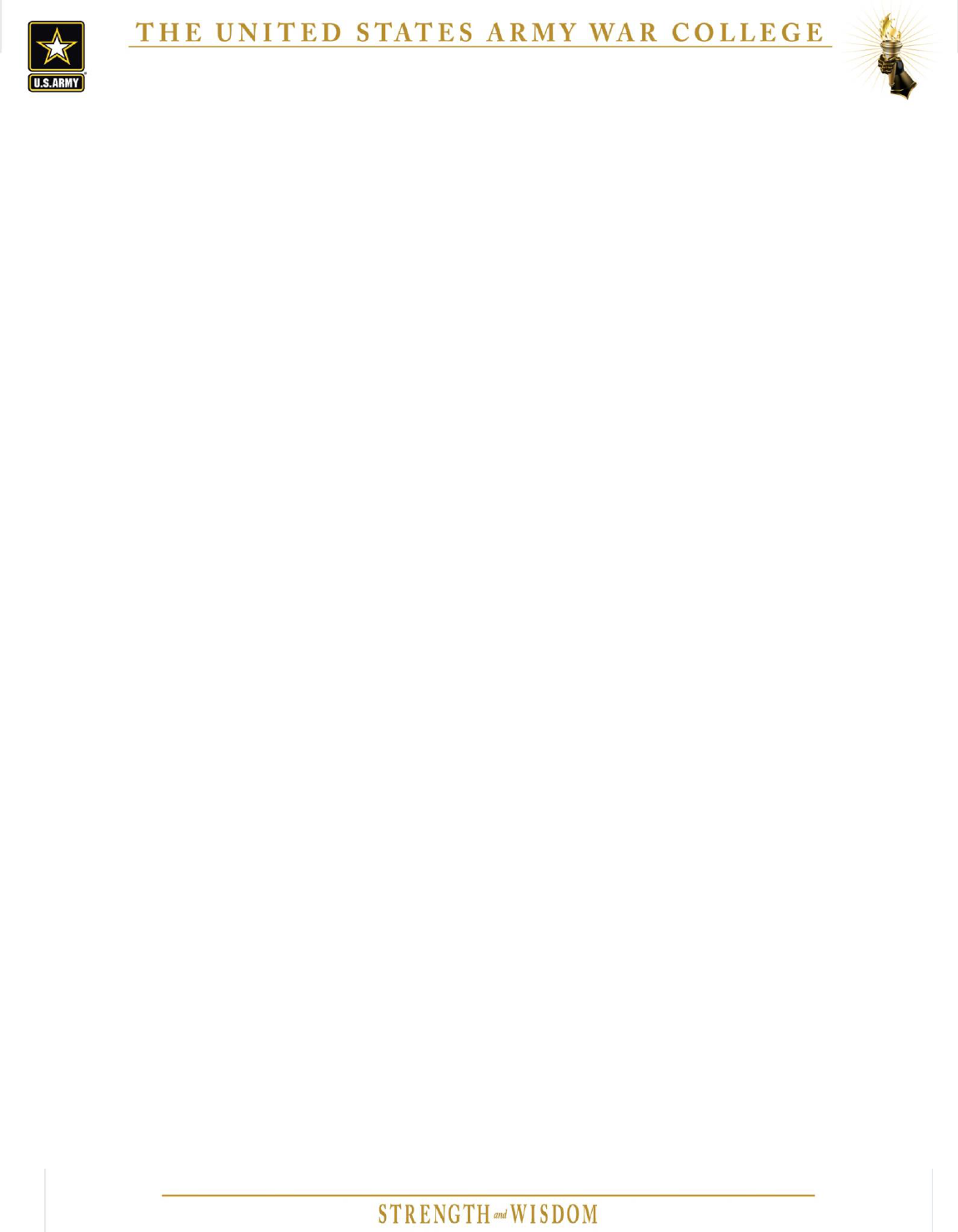
iii
Strategic Wargaming Series
HANDBOOK

iv
2
nd
printing of the 1
st
edition. This printing includes corrections to typographical errors found in the first
printing and is otherwise unchanged.
This publication was written and edited by James Markley. Contributors included Jeffrey Brashear,
William (Chip) Cleckner, Brent Kauffman, Ned Ritzman, Robert Scanlon, and Donald Travis.
The views and opinions expressed in this Handbook do not necessarily reflect those of the US Army War
College, the Department of the Army, or any other agency of the US Government.
To obtain permission to reproduce material from this Handbook for commercial purposes, contact the
editor for each use. Material may be freely reproduced for academic or other noncommercial use;
however, it is requested that the Strategic Wargaming Division, US Army War College, be credited and
the editor informed.
Send requests for publication and reproduction information to: Center for Strategic Leadership and
Development, ATTN: Strategic Wargaming Division, 650 Wright Avenue, Carlisle, PA, 17013.
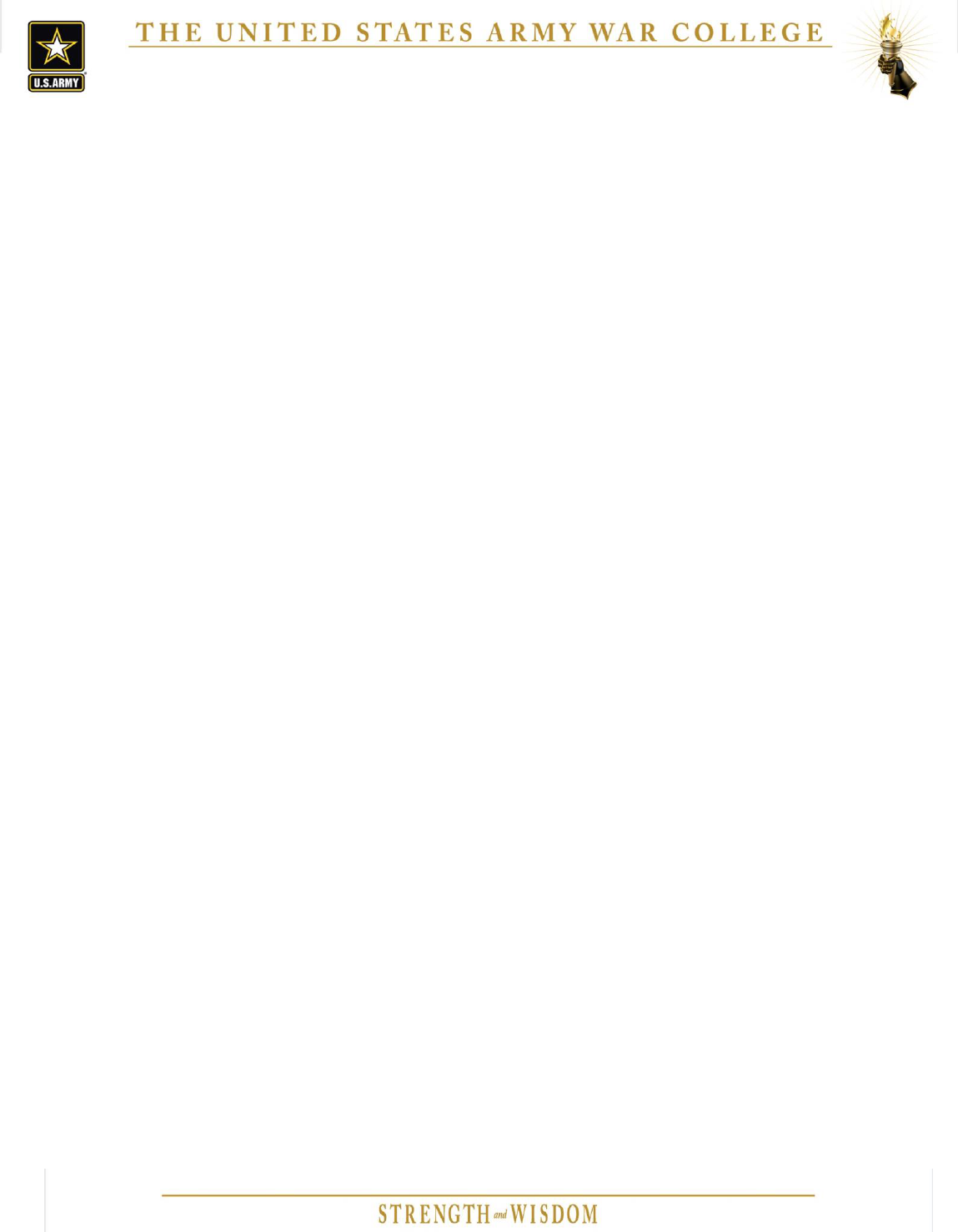
v

vi
Table of Contents
I. Handbook Introduction ....................................................................................................................... 1
Figure 1. Wargame Process Macro View .............................................................................................. 4
II. Select a Topic ........................................................................................................................................ 6
III. Define the Wargame .......................................................................................................................... 8
Figure 2. Define the Wargame Phase ................................................................................................... 8
IV. Plan Wargame Support ................................................................................................................... 13
Figure 3. Plan Wargame Support Phase.............................................................................................. 13
V. Design the Wargame ......................................................................................................................... 15
Figure 4. Design the Wargame Phase ................................................................................................. 15
VI. Develop the Wargame ..................................................................................................................... 20
Figure 5. Develop the Wargame Phase ............................................................................................... 20
VII. Rehearse the Wargame .................................................................................................................. 23
Figure 6. Rehearse the Wargame ....................................................................................................... 23
VIII. Execute the Wargame ................................................................................................................... 26
Figure 7. Execute the Wargame ......................................................................................................... 26
IX. Communicate the Results ............................................................................................................... 30
Figure 8. Communicate Results .......................................................................................................... 30
Appendix A: Selected Bibliography .................................................................................................. A-1
Appendix B: Wargame Project Team Duties ..................................................................................... B-1
Appendix C: Sample Wargame Slate .................................................................................................. C-1
Appendix D: Wargame Support Checklist ........................................................................................ D-1

1
I. Handbook Introduction
Purpose of This Handbook
This handbook is a reference for staff and faculty of the United States Army War College (USAWC)
engaged in Strategic Wargaming. It may be particularly useful to new faculty members, especially new
members of the Center for Strategic Leadership and Development (CSLD), Department of Landpower
Concepts, Doctrine and Wargaming (LCDW), which is responsible for the USAWC Strategic Wargaming
Series. It is also a resource for both US and International students at the USAWC who are interested in
developing their own strategic level wargaming capability at some future point in their government
service. Finally, this handbook serves as a reference for the USAWC students enrolled in the Strategic
Wargaming elective.
Uses of This Handbook
The handbook provides a comprehensive overview of the strategic wargaming practices in current use
at the USAWC. It is thus a guide to planning, preparing, conducting, and reporting on strategic wargames
as they most commonly occur at the USAWC. It does not attempt to explain the breadth of applications
for wargaming methodologies. Inasmuch as wargaming is more of an art than a science, the procedures
in this handbook should not limit the creativity and flexibility of those planning and executing a
wargame. Rather, it articulates a holistic process to assist the wargaming project team (aka the project
team) in developing and executing an effective wargame. After a thorough review of this handbook, the
reader should have a sufficient understanding of the way in which US Army War College’s strategic
wargaming division conducts wargames to be able to participate in a meaningful way as a member of a
project team.
USAWC Wargaming Overview
Introduction
Strategic wargaming supports the USAWC’s education, research, and outreach missions. Through the
planning, preparing, conduct, and reporting on strategic wargames, the USAWC is able to provide
information and insights into issues of a national or military strategic nature to inform decision-making
of the senior-most leaders of the US Army, our fellow Services, and across the Joint Force. The USAWC
conducts approximately 7-8 wargames per year, principally for the Army Staff, Army Service Component
Commands, Combatant Commands, and occasionally other DoD and government organizations.
Why Wargame?
Wargaming serves several purposes that are of value to the Army and other military organizations. At its
core, a wargame is a tool for exploring and informing human decision-making. Since the USAWC
primarily conducts strategically focused wargames; the ideas, issues, and insights uncovered during the
conduct of a wargame can have far-reaching effects on US national and military policy, planning, and
decision-making.
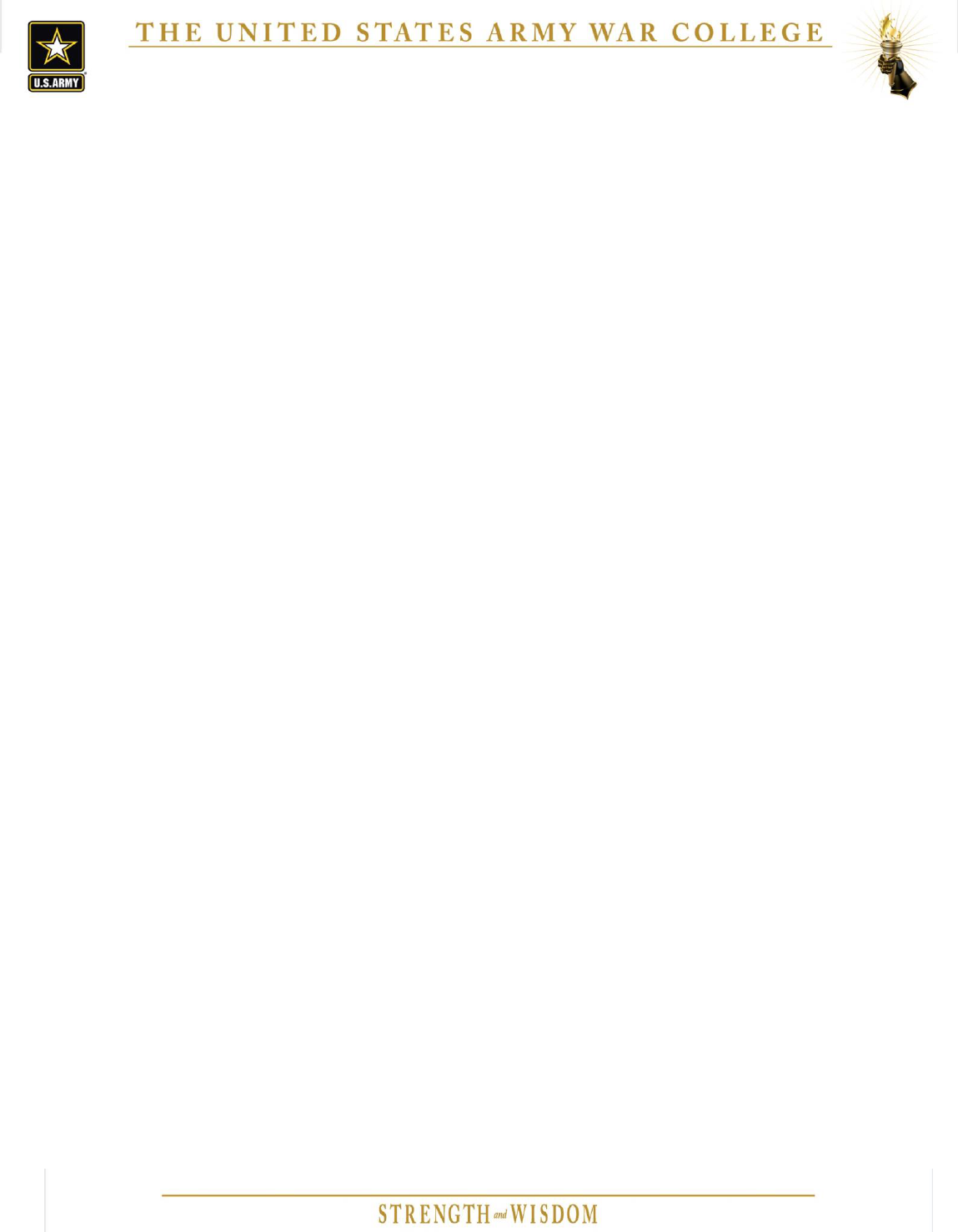
2
During the course of a wargame, players often discover the need to make unanticipated decisions in
order for the game to progress. The rationale associated with decisions reached in the “game-world”
may illuminate the need for “real-world” decisions while also informing the decision itself.
USAWC wargames generally use qualitative analytical techniques that allow for the exposure of ideas,
issues, and insights not otherwise readily obtainable through the application of quantitative analytical
techniques.
While not an explicit objective of the USAWC wargaming series, there is an educational component to
each wargame. Experience has shown that players learn from each other while participating in the
wargame. Most players find the exchanges of ideas and information that occur during a wargame to be
professionally rewarding.
The USAWC Strategic Wargaming Series
From the USAWC’s perspective, a strategic wargame is a structured, facilitated interaction between
experts on a topic that will inform and assist in future strategic decision making by improving
understanding of the pertinent issues. Results from a wargame can provide insights and options on the
employment and appropriate application of the instruments of national power.
Through the Strategic Wargaming Series, the USAWC conducts timely and relevant wargames to address
select issues of strategic importance to the US Army and the nation. USAWC usually conducts its
wargames on behalf of a sponsor to investigate, research, or analyze issues or areas that other
organizations are not typically addressing. These wargames commonly deal with political-military issues
at the high operational to strategic levels of war.
USAWC wargame participants include highly qualified experts from the USAWC staff, faculty and
students, US and foreign government departments and agencies, non-governmental organizations,
other academic institutions, and relevant think tanks from around the world. For USAWC and the
participants, there is inherent value in the exchanges of ideas and critical thought among a highly
qualified, diverse array of wargame participants. USAWC wargames help to build and expand
professional networks for regional and functional communities of interest.
USAWC Wargaming Niche
The Strategic Wargaming Series leverages the USAWC’s unique characteristics and capabilities to
address matters of national security interest as they relate to the instruments of national power. The
vast majority of USAWC wargames focus on the military instrument of power in general and the
employment of Landpower in particular.
As an academic institution, the USAWC has a degree of freedom to address potentially contentious
issues that might not exist in other military organizations. The USAWC is home to a seasoned faculty
with recognized experts covering a broad range of subjects across the military and international
relations domains. In addition to the faculty, USAWC students and War College fellows from across
government and the military services add valuable insights based upon extensive, diverse experiences.
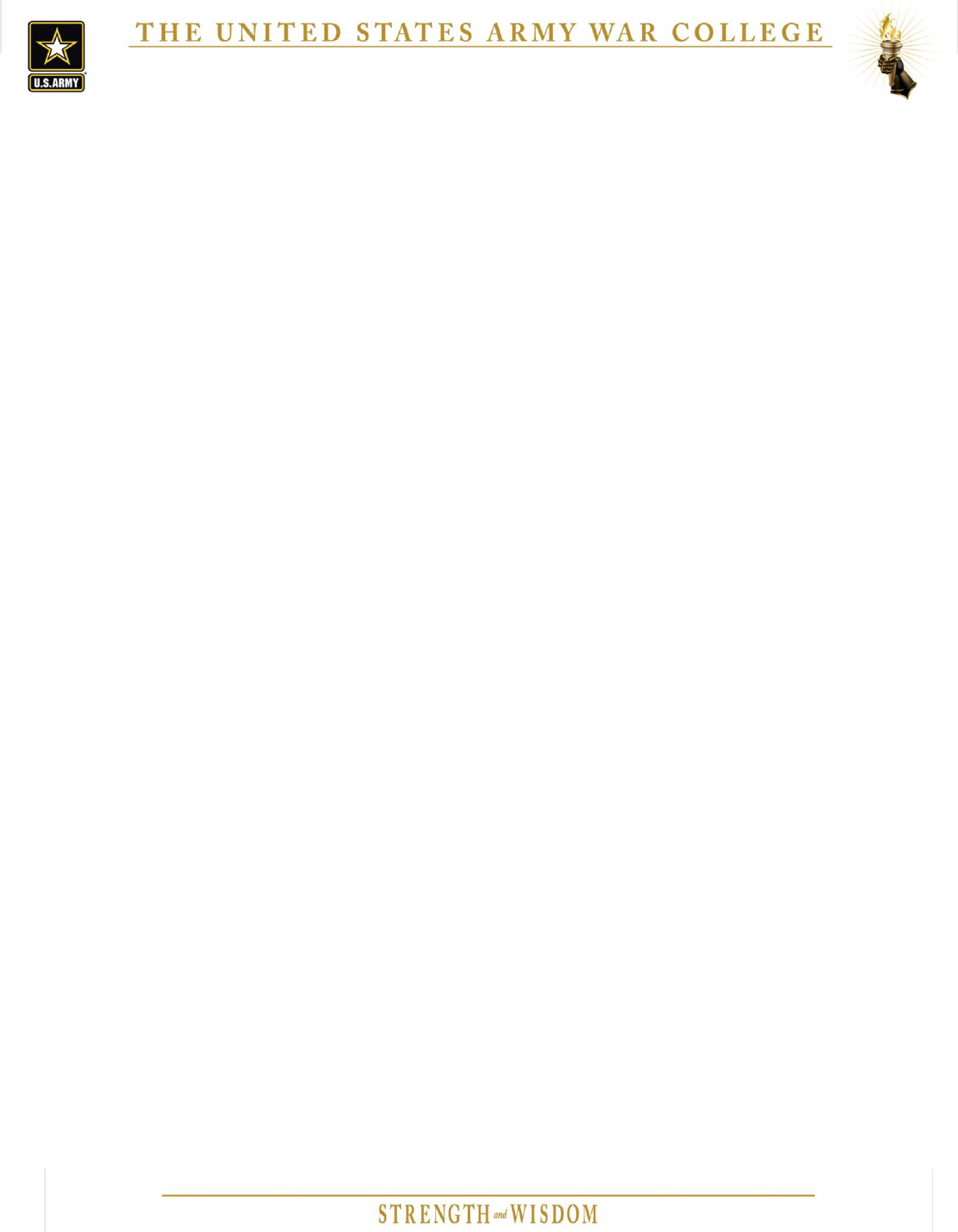
3
The USAWC is able to draw on as many as 80 International Fellows each year to participate in the
wargame series. This select group of senior foreign military officers, while not directly representing the
interests of their government or military, enables USAWC to integrate international perspectives into its
wargames to great effect.
In order to foster frank and open discussion and, unless otherwise negated by the wargame sponsor,
USAWC wargames are conducted under strict rules of non-attribution. Participants (players and
controllers) may not attribute comments or discussion points to any other participant. Likewise,
wargame reports will not attribute comments to any participant or the participant’s organization.
Reports usually include a listing of the players’ names and organizations unless a player declines being
included in that list.
Characteristics of the Wargame Handbook
This handbook is organized around the major phases associated with planning, preparing, conducting,
and communicating wargame results. While each wargame is unique, the phases highlighted below and
detailed throughout the handbook serve as a strong foundation for the efforts of the project team that
plans and executes a wargame.
As previously mentioned, this handbook explains the current process used at the USAWC to assist
wargame planners in carrying out an effective wargame. Since this handbook is a reference for the
USAWC wargame project team, it contains more detail than might be found in similar books on this
subject.
The Wargame Handbook is process-focused. While the overall process generally flows in sequence
where subsequent activities are dependent upon previously completed activities, some activities will be
completed “out of order” due to time constraints or as information becomes available. Some activities
by their nature will be iterative and, at times, the project team will find the need to revisit previously
completed work based on newly acquired information or feedback. It is common for the project team to
be working on activities in more than one phase simultaneously.
Process Overview
The overall wargame methodology consists of two distinct processes. The first is the process of selecting
topics to be wargamed. Topic selection is a process that occurs several times a year. The other process
involves wargame planning and execution. The wargame lifecycle ends when the wargame team
publishes the results, typically in the form of a report.
Each wargame consists of these seven major phases:
Define the Wargame
Plan Wargame Support
Design the Wargame
Develop the Wargame
Rehearse the Wargame
Execute the Wargame
Communicate the Results

4
Execute the
Wargame
Wargame Products
Topic and
Initial Problem Statment
Plan Wargame
Support
Define the
Wargame
Design
Wargame
Develop
Wargame
Rehearse
Wargame
Communicate
Results
Figure 1. Wargame Process Macro View
The process depicted above includes a variety of opportunities for the USAWC leadership to review the
progress of the wargame planning effort and to provide guidance for further development of the plan.
This handbook only documents certain critical progress review sessions. More “in-progress reviews”
(IPR) may be required based on leadership preferences and the wargame topic.
Wargame Personnel Requirements Overview
Designing and executing a wargame requires a team effort. Critical roles for conducting a wargame are
listed below. These roles may be performed by any number of people with varying organizational titles
depending on the complexity of the wargame and the skill required to ensure a successful wargame.
Appendix B provides a description of the roles and responsibilities of the Strategic Wargaming Series key
leaders, project team members, and other participants in the planning, preparing, conduct, and
reporting on strategic wargames.
Key Leaders include:
1. Director, Center for Strategic Leadership and Development (CSLD)
2. Director, Landpower, Concepts, Doctrine, and Wargaming (LCDW)
3. Director, Strategic Wargaming Division (SWD)
4. Director, Strategic Assessments Operations Research Division (SAORD)
5. Wargame Mentor
6. Wargame Sponsor
Key Project Team Positions include: (See Appendix B for details and an expanded list)
1. Project Manager
2. Lead Analyst
3. Facilitators and Umpires
4. Report Author
5. Support Team Members

5
Central to the wargame process is the project management team that will manage all phases of the
wargame process. Under the direction of the project manager, the wargame’s project team meets as
often as necessary to plan and execute the wargame. Once formed, the project team stays together
throughout planning and execution of the wargame.
The project team defines, designs, develops, and conducts the wargame to create the conditions by
which a diverse panel of wargame players interact to address matters of strategic importance. Wargame
analysts and report authors evaluate and refine these important interactions into products (generally a
wargame report) to concisely convey the wargame outcomes.
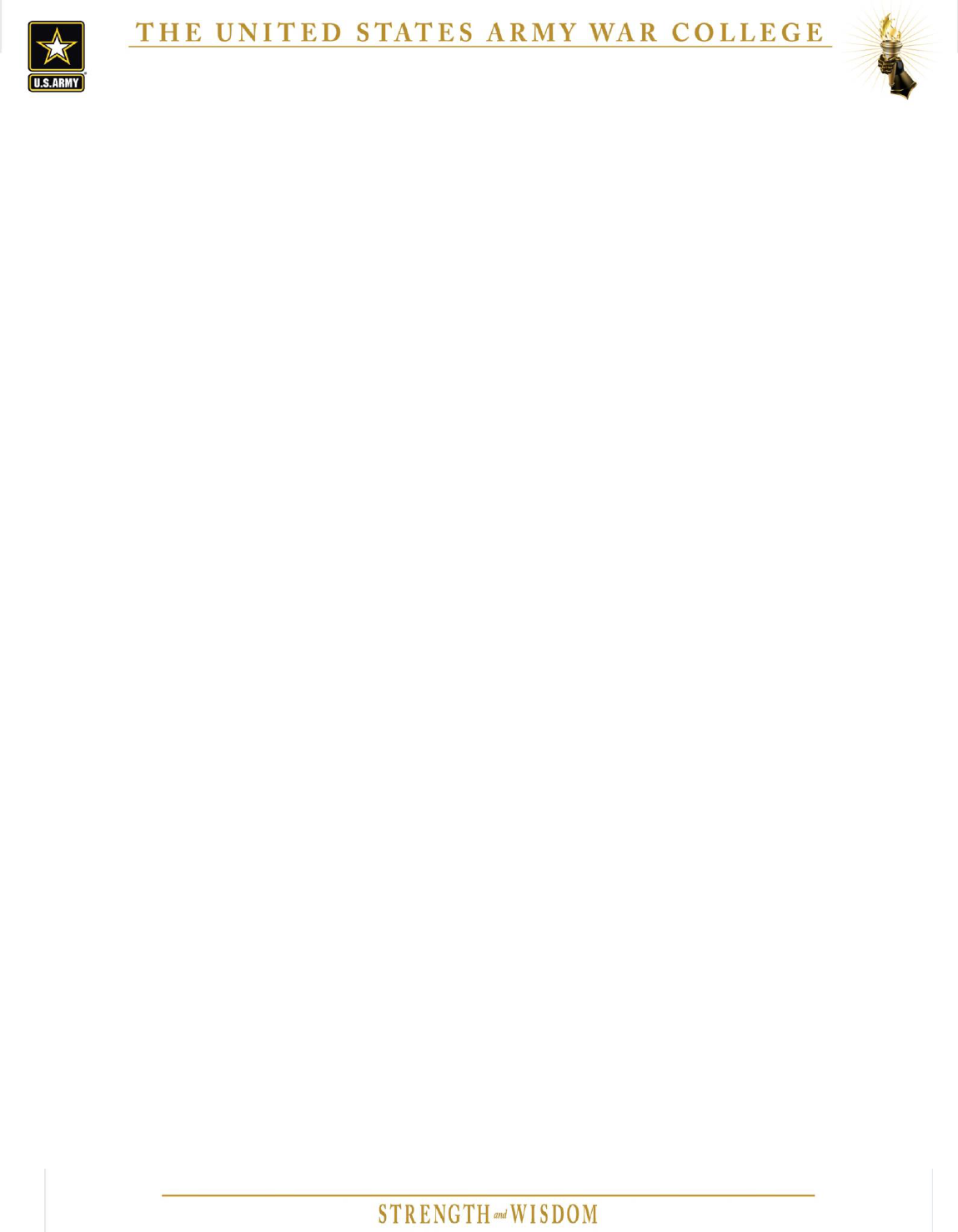
6
II. Select a Topic
The wargame process begins with a topic and an initial or draft problem statement. During this phase
the Director, Strategic Wargaming Division (director of wargaming) selects the topics for the slate of
wargames and working with his team, determines an initial problem statement.
Personnel Required: Director, Strategic Wargaming Division (SWD)
Purpose: To create and maintain a prioritized list of viable topics for the Strategic Wargaming Series.
End State: An approved wargame slate, which includes the wargame topic, wargame number, tentative
date, project management team, mentor, and report author. The initial problem statement is also
determined but, does not appear on the wargame slate. An example wargame slate is included in
Appendix C.
Selecting Potential Topics: Every July, the director of wargaming develops an initial slate of wargames
(the wargame slate) for the first six months of the coming academic year. The slate is reviewed at least
quarterly and updated as appropriate.
The process of selecting a topic begins with the director of wargaming soliciting ideas for wargames
from within the USAWC as well as from a number of external organizations, the vast majority of which
are Department of Defense (DoD) organizations and agencies.
Ideas for wargame topics may come from any of the centers, schools, or institutes that comprise the
USAWC as well as from USAWC leadership. Additionally, the director of wargaming examines the Key
Strategic Issues List (KSIL) for wargame ideas. The KSIL, which includes input from a wide variety of
strategic leaders within the Army and DoD, serves to guide USAWC student as well as staff and faculty
research efforts.
Members of the wargaming division engage in environmental scanning to identify issues and ideas for
wargames. The wargaming director considers these issues and ideas for possible inclusion in the
wargame slate. Finally, the wargaming director has members of the wargaming division examine
previously completed wargames to identify issues that merit additional investigation via a wargame. The
strategic wargaming division members also reviews previous games for changes in the strategic
environment that would merit reconsideration of the topic for further investigation and wargaming.
At the same time the wargaming director is soliciting ideas from inside the USAWC, he also solicits ideas
from points of contact across the DoD. These organizations include Army senior leadership, the Army
Staff, Army Service Component Commands, the Joint Staff, Combatant Commands, as well as Army and
Joint organizations and agencies.

7
From time to time, the director of wargaming will receive unsolicited requests from military commands
to examine a specific issue with current or immediate interest to the command. Although somewhat
rare, Army or USAWC may direct the wargaming of a particular issue or topic.
Evaluating Topics: The director of wargaming evaluates all the potential topics and selects those that
will be gamed. He may include other members of CSLD in his deliberations to assist in this process.
The director of wargaming is free to use his judgment and any set of criteria he chooses in evaluating
and selecting a topic. In general, a “good” topic is one that has a strategic focus, has implications for the
employment of Landpower, is a topic that is not being widely examined by other organizations, and is
within the capability of the wargaming divisions to plan and execute effectively.
Topics not initially selected may be held “in reserve” for future consideration. Circumstances might also
change in a way that raises the significance of the unselected topic, making it more important to
examine than a previously selected topic. Additionally, continuous environmental scanning may identify
changes in the strategic environment that could negate the value of wargaming a previously selected
topic that is no longer relevant.
Since ideas for wargames can come at any time from a variety of sources, the wargaming division may
repeat topic selection and evaluation several times a year.
Develop Project Team Recommendation: Once the wargame slate is completed, the director of
wargaming will consult with the other directors within CSLD to develop the project management team
for the wargame. Collectively, these directors will also make tentative assignment of project team
members to include the wargame mentor, report author, and facilitation team. The project
management team, in coordination with the affected directors, will make final selections of team
members and form the project team during the design phase.
Wargame Slate Review: The director of wargaming will seek approval for the wargame slate from the
Director, CSLD. The director of wargaming will revise the slate based on any input from the Director,
CSLD. The director of wargaming will keep all affected directors within CSLD informed of changes to the
slate and will ensure the wargame slate is kept current and shared with all interested elements of the
USAWC.

8
III. Define the Wargame
Approximately 100 days prior to the planned start date for the wargame, the project manager and his
management team begin planning for the wargame by starting the ‘Define the Wargame’ phase. This
phase begins with a scheduled topic as the input and culminates in a clear articulation of several critical
planning factors:
1. Wargame Problem Statement, Purpose, Objectives, and Research Questions
2. Stakeholder Analysis
3. Identified Risks and Risk Management
4. Wargame Limitations (Assumptions, Constraints, Restraints and other limitations)
5. Desired Wargame Products
6. Wargame Milestones
Personnel Required: Project management team
Purpose: To clarify the game problem statement, purpose, objectives, and research questions (PPOR)
before designing the wargame.
Endstate: A person external to the project team should be able to understand in a single reading the
precise intent of the wargame as well as critical planning factors that will affect the wargame design.
An overview of the ‘Define the Wargame’ phase is shown below.
Develop
Problem Statement,
Purpose,
Objective(s),
Research Question(s)
Identify and
Manage Risk
Determine
Wargame
Products
Perform
Background
Research
Establish
Wargame
Milestones
Perform
Stakeholder
Analysis
Define IPR Brief
to Director
LCDW
Wargame
Definition Brief
to Director CSLD
Approved Wargame
Definition
Topic and Initial
Problem Statement
Determine
Limitations
Figure 2. Define the Wargame Phase
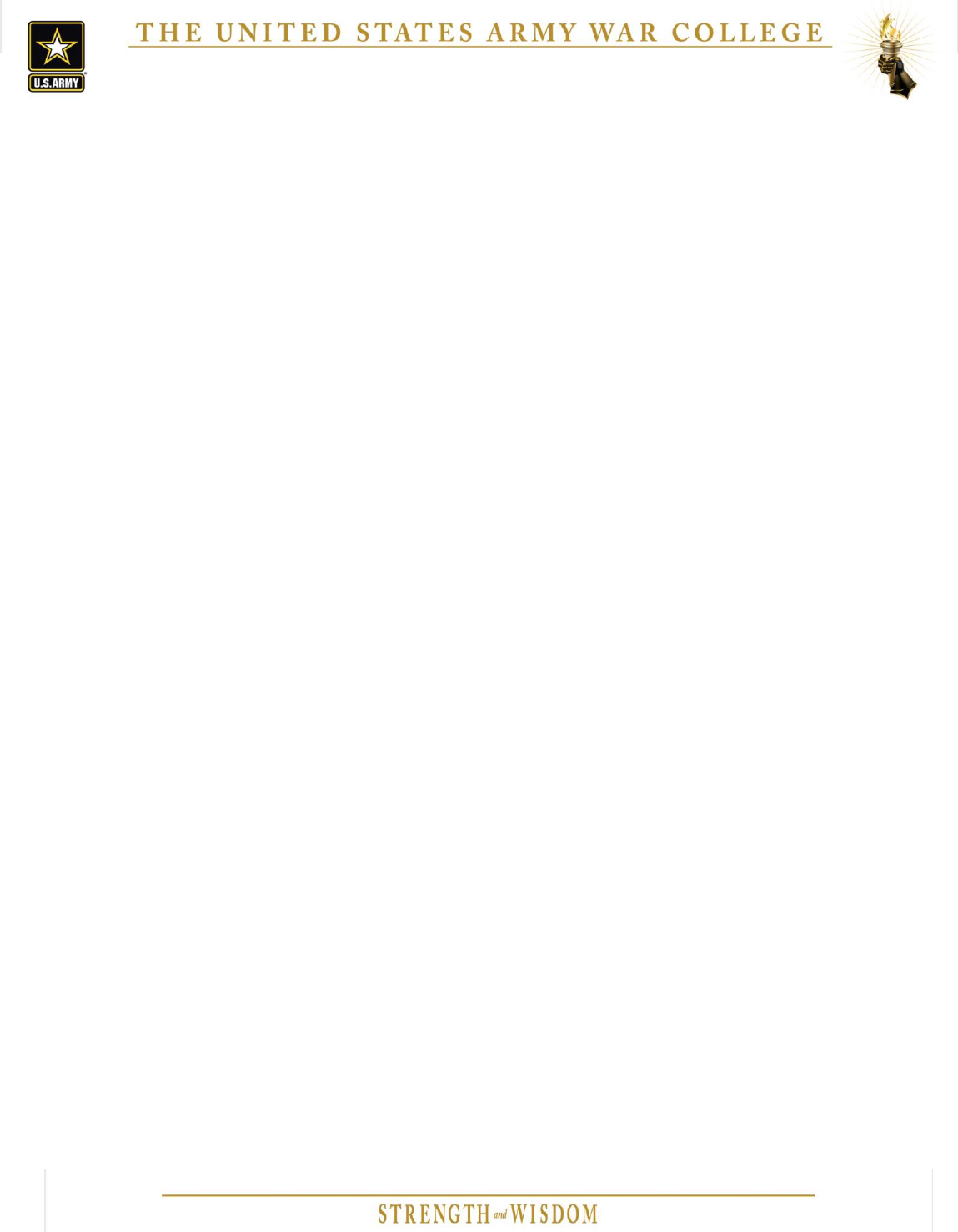
9
Perform Background Research: The project management team, with assistance from the wargame
mentor, can begin background research on the topic at any time, but should begin no later than 100
days prior to the execution of the wargame. Background research helps the project team to better
understand the issue to be wargamed and forms the basis for scenario development. This initial
research leads to a more informed wargame definition and design and is essential to the conduct of a
high quality game. The project management team focuses its research on the strategic context of the
topic in order to gain a better understanding of the relevant issues. During research, the project
management team considers how the topic is relevant, strategic, related to Landpower, and how it fits
the War College niche.
For wargames with a sponsor, the project management team usually consults with the sponsor for
preliminary information and often returns to the sponsor multiple times throughout the wargame
planning process to ensure planning is on track with sponsor expectations.
Develop Wargame Problem Statement, Purpose, and Objective and Research Questions (PPOR): The
project management team develops the wargame’s PPOR during one or more planning or brainstorming
sessions. The project management team will invite subject matter experts to attend these sessions. As
the project team learns more about the wargame topic, development of PPOR may be iterative,
requiring several working sessions. The PPOR is critical as they set the conditions for the rest of the
wargame; they must be clear and reflect what the USAWC (or sponsor) desires to achieve from the
wargame.
Problem Statement: A clear description of the issue to be addressed by the wargame. The problem
statement will directly affect the determination of the purpose, objectives, and research questions
that drive the design, development, and execution of the wargame. An example Problem Statement:
As US military involvement in Afghanistan begins to decline drastically in 2014, US strategic
interests linked to Afghanistan and strategic options available to the US will likely change. Not
only are future US interests in Afghanistan not well understood, neither are the interests and
objectives of the major actors in the region.
Purpose: A declarative sentence that summarizes why the wargame is being conducted. The
purpose statement provides the motivation behind the entire wargame planning process. An
example Purpose:
The purpose of this wargame is to provide US policymakers with information and insights to aid
in determining future policy toward Afghanistan after 2014.
Objectives: Describe a series of goals that support the wargame purpose. Example Objectives:
1. Identify US national interests and their intensity in Afghanistan and the surrounding region.
2. Identify the national interest of the countries bordering (neighboring) Afghanistan.
3. Identify US policy options that support US national interests in Afghanistan in light of the
interests of Afghanistan’s neighbors.
Research Questions: The research questions are drawn directly from the wargame objectives. The
research questions are intended to identify the facts or information needed to accomplish the

10
wargame objectives. The research questions directly influence the development of the wargame
design, in particular the analytical and facilitation plans. Example research questions:
1. What are the US national interests in and around Afghanistan?
2. What is the intensity level (vital, important, or peripheral) of each interest?
3. What policy options support US national interests in Afghanistan in light of the interests of
Afghanistan’s neighbors?
Perform Stakeholder Analysis: Stakeholders include all those individuals and organizations that may
affect or be affected by the findings or outcome of the wargame. Stakeholders are characterized by their
level of interest in the wargame and its outcomes and their ability to impact planning and execution of
the wargame.
For stakeholders with a high level of interest and ability to impact the wargame, the project
management team directly engages with the stakeholder to keep the stakeholder well informed and to
manage expectations. For stakeholders with limited interest and ability to impact the wargame, the
project management team generally monitors the stakeholder’s interest and does not otherwise consult
the stakeholder in the planning and execution of the wargame.
Wargame sponsors are a particularly important type of stakeholder. Sponsors can have varying levels of
involvement in the planning and execution of a wargame. Some sponsors will be satisfied with merely
supplying a wargame topic, while other sponsors will be intricately involved in all aspects of the
wargame. When working with a sponsor, the project team will need to determine early in the planning
process what level of involvement the sponsor desires. The sponsor and project manager coordinate
with each other to gain a mutual understanding of who will perform which tasks, when, and to what
standard. A part of that understanding includes determining who will make which decisions and when
those decisions need to be made.
As stakeholder analysis is completed, the project team produces a short concept paper that explains the
problem statement, purpose and objectives of the war game, and identifies any significant wargame
stakeholders. This information paper is sent to the Commandant, USAWC requesting approval to
proceed with further planning and development of the wargame. If requested, the project manager and
designated members of the chain of command will provide the Commandant with a face-to-face briefing
on the wargame concept.
Determine Wargame Limitations: Once the project management team completes the stakeholder
analysis, the team determines wargame limitations based on research, stakeholder analysis, and the
development of the PPOR. These wargame limitations can take a variety of forms and may include
certain assumptions, constraints, restraints, and other limiting factors that affect wargame planning and
conduct. Wargame limitations may be internally or externally focused. For the purposes of this
handbook, assumptions, constraints, restraints, and limiting factors are defined below. (Derived from
Joint doctrine – JP 1-02.)

11
Assumption: A supposition on the current situation or a presupposition on the course of future
events. Assumptions typically come into play in the development of scenarios that deal with the
future.
Constraint: A requirement placed on the project team for the design, development, and conduct
of a wargame by a higher headquarters, especially a wargame sponsor that dictates a certain
requirement. Typical constraints may include the necessity of conducting the wargame at a
particular level of classification or being directed to use specific facilities for the wargame.
Restraint: A requirement placed on the wargaming division for the design, development or
conduct of a wargame by a higher headquarters or wargame sponsor that prohibits a certain
action. A typical restraint might include the necessity to limit scenario development to a
narrowly defined aspect of a particular wargame topic or to only involve players from a specific
organization or institution.
Limiting Factors: Any restriction on the freedom of action of the project team to plan or conduct
the wargame. Typical limiting factors would include the availability and capacity of facilities or
wargaming personnel that might limit how the wargame will be executed.
Generally speaking, wargame limitations restrict the project team from doing something or compel the
project team to do something while planning and executing the wargame. The project team may accept
the limitations or seek ways to mitigate the impact of the limitations on their efforts.
Identify and Manage Risk: Risk identification and management is an ongoing activity throughout the
various phases of the wargaming process. It starts within the design phase and continues until the final
wargame products have been released.
Risks are often a function of the previously identified limitations for the wargame. The most common
technique for determining risk is to use one or more brainstorming sessions with the project
management team and later the project team, as a whole. Lessons learned from previous wargames
may also be a source for identifying risks.
Once identified and understood, the project management team manages the risks using one or more of
the three following techniques: Avoid the risk, mitigate the risk, or accept the risk. When the project
management team chooses to avoid the risk, they take action to change the wargame plan(s) in order to
eliminate the risk. When the project management team chooses to mitigate the risk, they take actions
to reduce the probability of occurrence or impact of a risk. Finally, the project management team may
choose to accept the risk and not take any action until the risk actually occurs.
A risk management technique not frequently used at the USAWC is to transfer the risk. When
transferring risk, the project management team could request or allow another organization to assume
the risk. For example, to manage the risk of not producing a sufficiently realistic scenario for a wargame,
the management team could ask the sponsoring organization to craft the scenario.
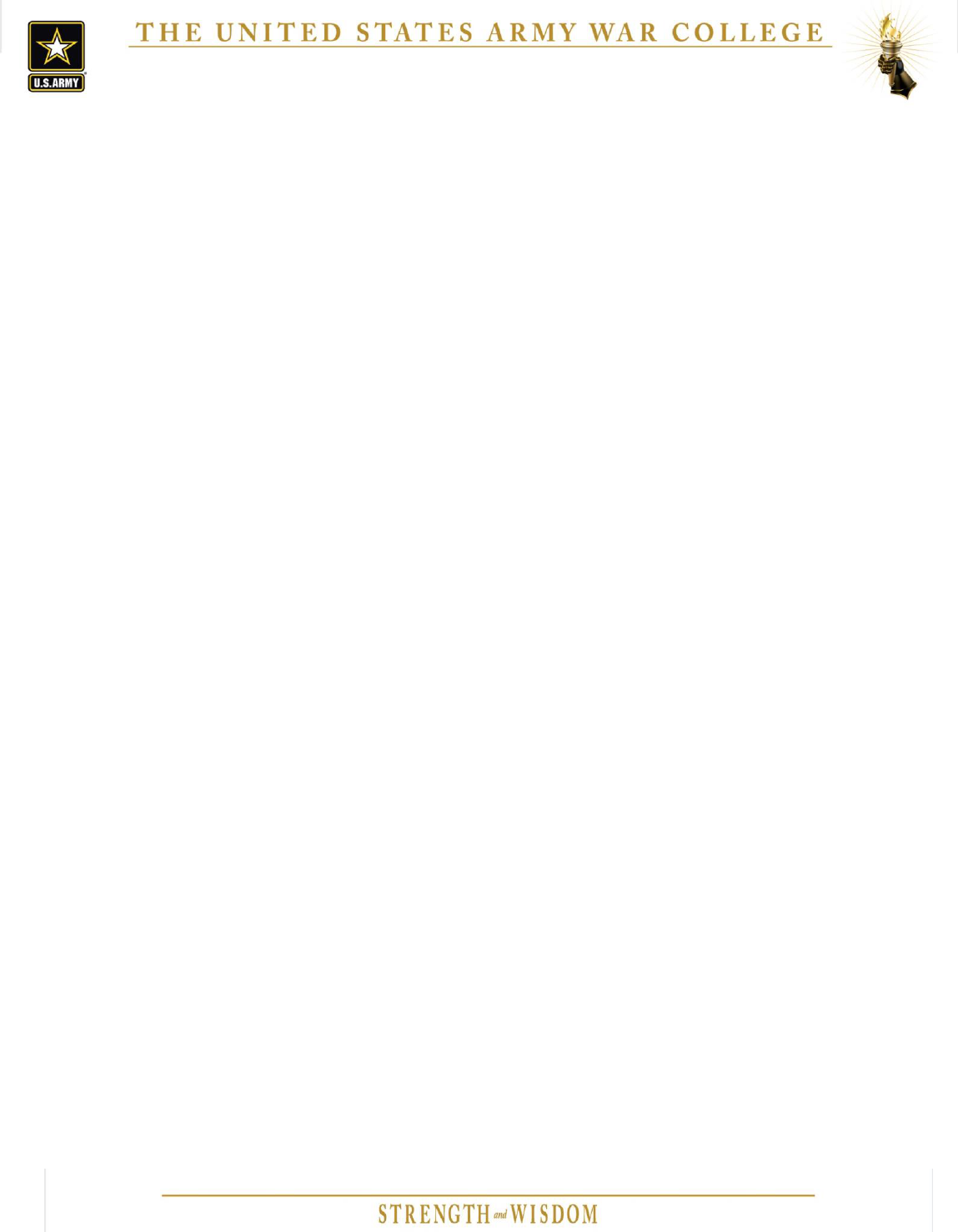
12
Determine Wargame Products: Based on the activity of the project management team to this point,
they should be able to determine the type of product the wargame should produce. The typical product
of the wargame conducted at the USAWC is a report. When used, a report details the design and
development of the wargame, and it provides the answers and insights to the previously determined
research questions. Other possible products include topical briefings, guides, handbook, a model for
how to reason about a problem, or a more simplified report that omits significant parts of a full report.
Establish Wargame Milestones: Once the management team has an understanding of limitations, risks
and desired products of the wargame; the team begins to establish the milestones for the wargame.
These milestones include the schedule for the completion of the various phases and select activities to
guide the project team’s efforts through the completion of the wargame products. The milestones
include all IPRs and briefings to USAWC leadership.
Define the Wargame In-Progress Review (IPR) Brief to Director, LCDW: The project management team
provides the Director, LCDW with a briefing on the progress to define the wargame in order to gain
approval on the PPOR, the wargame limitations, stakeholder analysis, the identified risks and
management approach, the wargame products, and the wargame milestones prior to briefing the
Director, CSLD.
Define the Wargame Brief to the CSLD Director: The project management team briefs the Director CSLD
on the work completed up to this point and seeks approval to proceed with further planning for the
wargame. The project manager and the Director, CSLD discuss who among the USAWC leadership
should also be briefed on the definition of the wargame. The project management team will brief all
those identified with the help of the Director, CSLD.
When a sponsoring organization is heavily invested in the wargame, the management team may provide
the sponsor with a briefing on the progress to define the wargame.

13
IV. Plan Wargame Support
The Plan Wargame Support phase begins once the project team completes the Define the Wargame
phase and continues in parallel with the rest of the wargame phases. The project team plans the support
necessary to ensure the wargame is properly executed. This planning considers administration, facilities,
information technology, and equipment support. The project management team ensures the necessary
facilities, supplies, and equipment are ready and available to support wargame execution and the
needed administrative actions have been identified and are being conducted.
Personnel Required: Project manager, operations support team, administrative support team, facilities
representative, and information technology (IT) support team.
Purpose: To plan for and coordinate all administrative, facility, IT, and equipment support requirements.
Endstate: The project management team has reviewed and integrated all support necessary to execute
the wargame.
An overview of the ‘Plan Wargame Support’ phase is shown below.
Plan Wargame Support
Plan Admin
Support
Plan Facilities
Support
Reveiw and
Integrate
Support
Planning
Develop
Equipment
Support Plan
Plan IT Support
Plan Inputs
Rehearse
Wargame
Define the
Wargame
Design
Wargame
Develop
Wargame
Rehearsal Results
Wargame Defintion
Wargame Plan
Wargame Design
Planning to Support
Wargame
Figure 3. Plan Wargame Support Phase
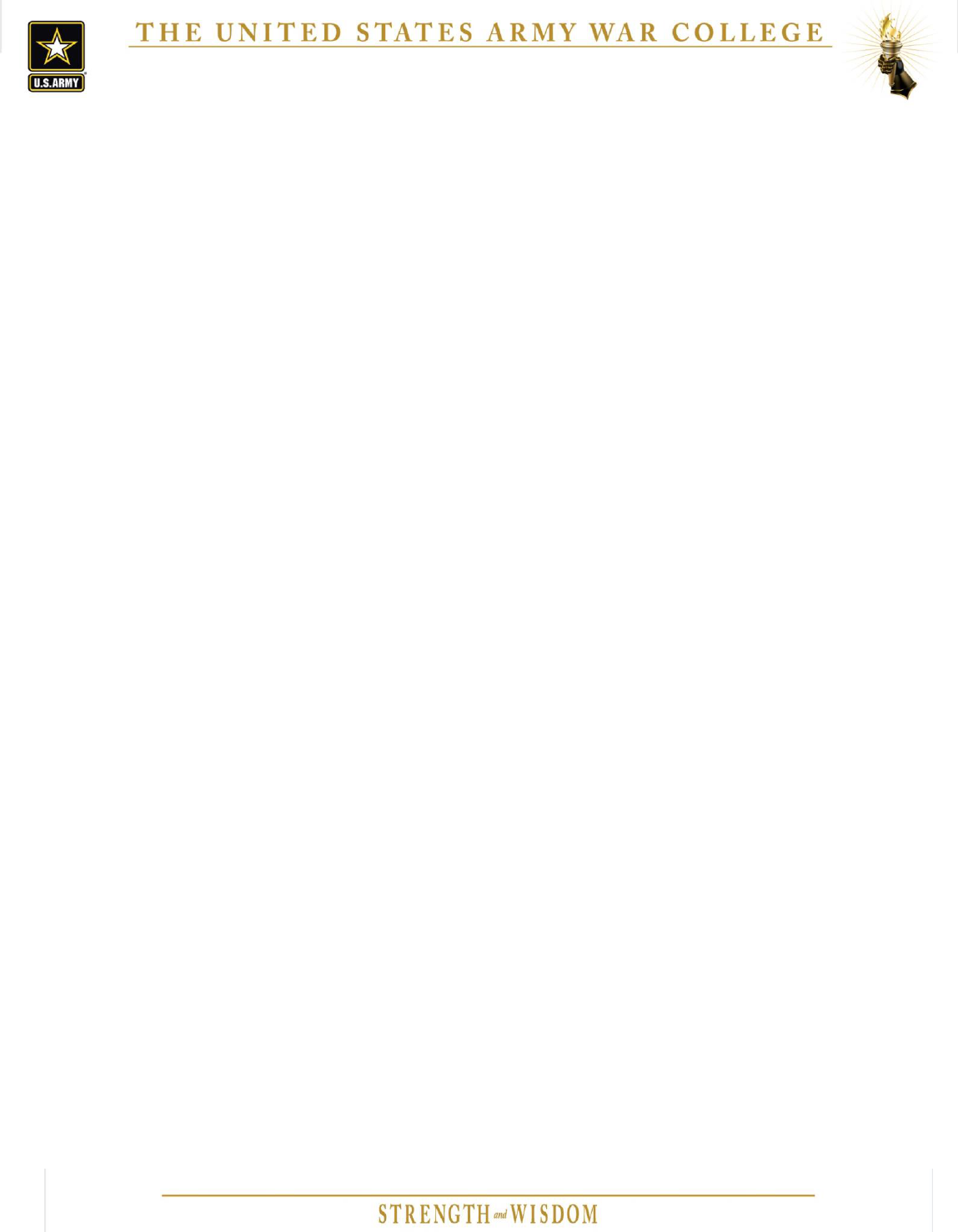
14
Plan Wargame Support is an ongoing and iterative process. Planning wargame support occurs in parallel
with the other wargame processes and at times influences other support planning. The outcomes of the
Define, Design, Develop, and Rehearse the Wargame phases will shape wargame support requirements.
As wargame planning progresses, each phase has the potential to impact previous support planning.
While the project team engages in a significant amount of support planning, there is no published
“plan.” The planning is based on a set of checklists that help the project team properly execute the
wargame. The project team addresses those items from each checklist (or other items they determine
are required) that are appropriate for the wargame as it is defined, designed, and developed.
Rehearsing the wargame will likely uncover the need to update or modify planned support.
A detailed but not all-inclusive checklist used to plan wargame support is at Appendix D. Below is a
partial listing of some of the major considerations for planning to support a wargame.
Schedule the facilities
Set up the wargame
Procure equipment and supplies
Manage the participants
Coordinate Security Requirements
Plan for meals and breaks
Coordinate information technology support
Plan wargame rehearsal
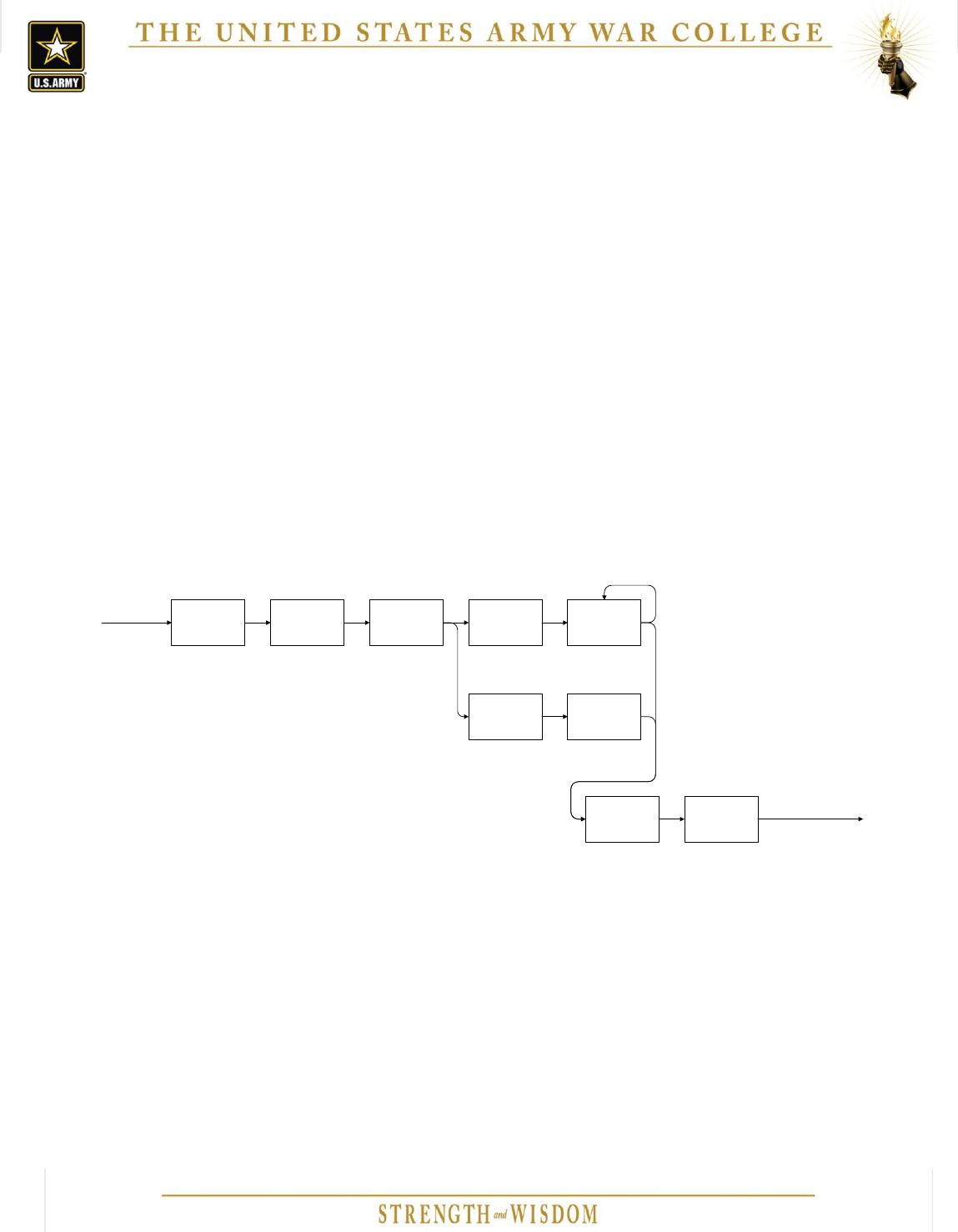
15
V. Design the Wargame
In the Design the Wargame phase the project management team takes the previously determined
wargame objectives and research questions and builds the basic structure of the wargame. The team
plans for the collection of the information and insights that will answer the research questions.
Personnel Required: Project management team
Purpose: To determine how the wargame will be designed to produce the insights and information
needed to meet wargame objectives.
Endstate: There are four distinct outputs of the wargame design: the analytical plan, the wargame type
and structure, the list of desired players, and the composition of the project team.
An overview of the ‘Design the Wargame’ phase is shown below.
Design
Analytical Plan
Determine Player
Requirements
Determine
Wargame Type
Wargame Definition
Wargame Design
Form Wargame
Team
Wargame Design
Brief to Director,
CSLD
Develop Player
List
Design IPR Brief
to Director
LCDW
Determine Team
Requirements
Design Wargame
Structure
Figure 4. Design the Wargame Phase
Design the Analytical Plan: Once the Director, CSLD has approved the wargame definition, the lead
analyst heads up the effort to design the analytical plan. The analytical plan serves two closely related
purposes:
Analyze objectives and research questions to determine what information will be collected.
Determine how information collected during the game will be analyzed.
The first part of the analytical plan outlines what information will be collected as well as how and when
it will be collected. (e.g., the analyst may determine that certain information is best obtained through a
survey conducted before the wargame, during the wargame, after the wargame, or some combination.)
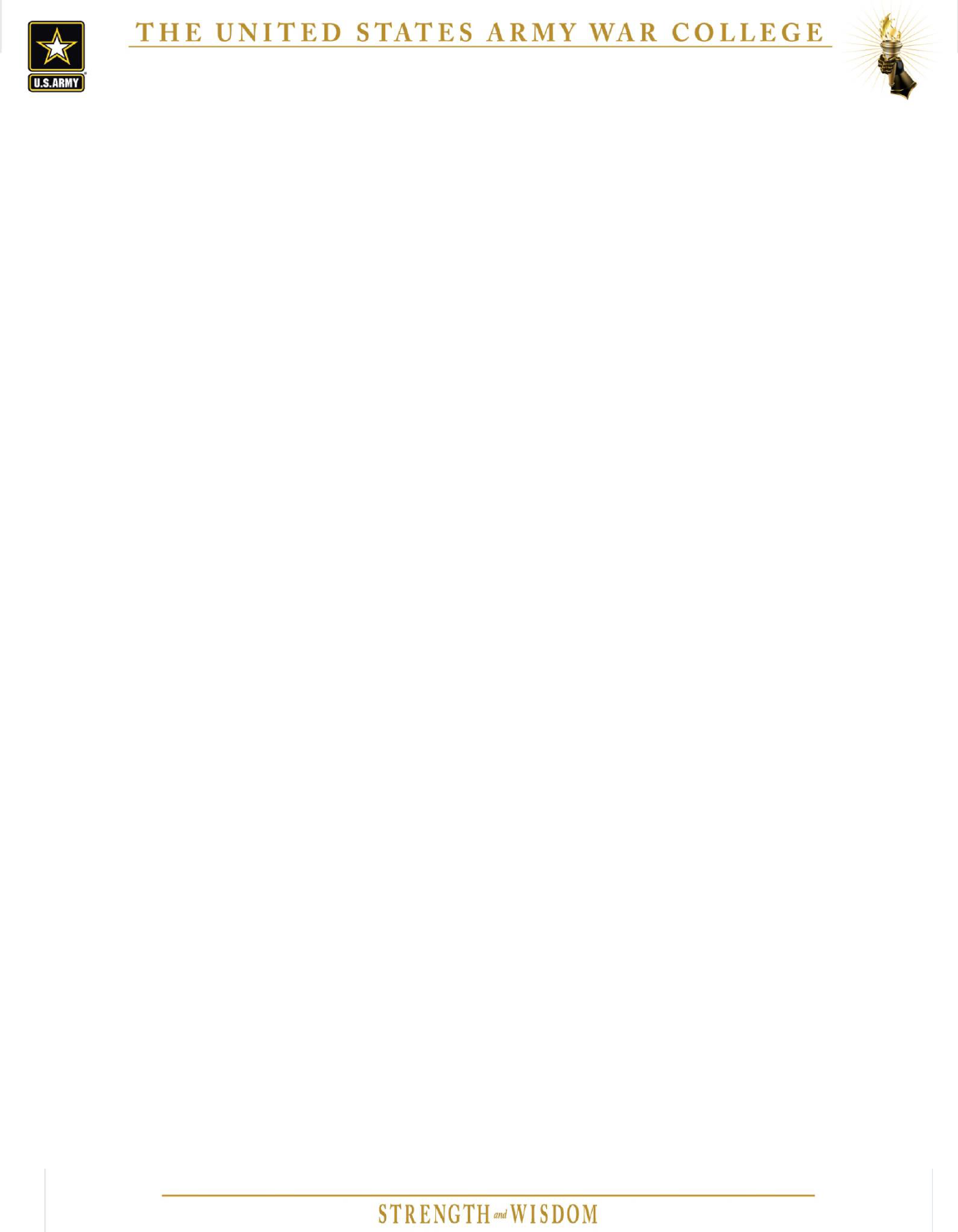
16
If necessary, the lead analyst deconstructs the research questions into more distinct supporting
questions that the wargame players will address directly or indirectly. The analytical plan describes what
type and level of interaction between players is necessary in order to discover or reveal the important
observations, insights and relevant information that will meet the wargame’s objectives.
The second part of the analytical plan details how the analytical team will analyze the information
collected during the wargame. Given the strategic nature of the USAWC wargames, the analytical plan
often includes qualitative analytical techniques. The primary focus in this section is on determining why
players took certain actions or reached certain decisions and what the impact was of those actions or
decisions on game play. For wargames that employ a less interactive style, the focus may be on why
certain conclusions were reached and the impact of those conclusions on game play. Either way the
analytical plan is focused on the drivers of decision making rather than the specific outcomes resulting
from a particular scenario presented to the players.
Together, the two parts of the analytical plan help inform the wargame type and structure as well as the
facilitation plan determined later.
Determine the Wargame Type: The analytical plan and sponsor requirements are the significant drivers
of determining the wargame type. There are several types of wargames, not all of which are regularly
used at the USAWC. The project management team selects the type, or combination of types, of
wargame that will best support accomplishment of the wargame objectives.
Table-Top Exercise – A table-top exercise is a discussion-based wargame where players sit at
tables and interact with one another to address the key issues of the wargame. While not specifically
structured as a turn based game, facilitators will often cause players to consider issues in a particular
order, to determine the relationship between specific decisions or actions.
Workshop – A workshop involves a group of subject matter experts discussing a particular
problem or issue. Workshops are typically narrowly focused and are intended to produce a discrete
product such as a model or framework for further examination by the workshop sponsor. A workshop
may also result in a greater understanding of a particular issue that can then be examined later in
another wargame.
Scenario based game – A scenario based wargame presents players with a specific scenario,
which is used to guide the course of the wargame while the players examine a particular strategic
problem or issue. Scenario based games, starting with present-day conditions, can be used to “take an
intellectual walk into the future.” Based on a sponsor’s requirements, the wargame may be based on a
specified scenario.
Alternative futures game – An alternative futures wargame involves presenting the participants
with two or more scenarios of a plausible future. Players are asked to determine key indicators that
would signal that the future represented by the scenario might be emerging. In contrast to the scenario
based game, an alternative future game starts in the future and works backward to the present. Game
results often include identifying both unique and common indicators from across several scenarios.
Toward the end of game play, the players may be asked to identify what they believe is the most
plausible future based on game play.

17
One-sided game – A one-sided game is structured with players grouped into one or more cells
with each cell gaming, generally, one perspective on an issue. A control group (typically called the White
Cell) provides the “opposition” and uses pre-scripted scenario injects that change the base conditions or
situation of the wargame causing the players to reexamine their thoughts, perspective, or decisions
related to the issue being gamed. A variation of the one-sided game (sometimes called a 1 ½-sided
game) involves using scenario injects that are created as the game progresses (as opposed to pre-
scripted) based on the issues with which the players are wrestling.
Two-sided game – In a two-sided game, players are divided into opposing cells (typically called
the Blue Cell and Red Cell). Each cell responds to the actions and decisions of the other cell based on
pre-established rules of conduct. A control cell adjudicates the interaction of the actions and decisions
of the cells. The outcome of the interaction informs subsequent game play. A control group may also
use scenario injects to alter the general scenario during cell activities in this type of wargame.
Multi-sided game – A multi-sided game involves more than two sides and is generally
conducted in the same way as a two sided game. The rules of conduct for multi-sided games can be
significantly more complex than in a two-sided game due to the number of possible interactions
between the various player cells.
Wargames at the USAWC almost always involve the merger of two of these wargame types, e.g. a one-
sided, alternative futures game.
Design Wargame Structure: During this process step, the project management team designs a structure
that supports the analytical plan, wargame type, objectives, and research questions. The project
management team selects the best way to structure the wargame from among a variety of options. The
wargame structure is a function of a number of considerations, some of which are listed here:
What is the number, purpose, and composition of both control and players cells?
If a Red Cell is used, will it be one of the control cells or will it be a player cell?
Will player cells all work on a common scenario or problem, or will there be different but related
problems for different cells?
Are adequate facilities and equipment available?
What method of adjudication or facilitation is required?
In turn based games, how much time will be represented by a turn?
How long will players have to complete a turn?
How many turns are necessary to address all research questions?
How will turn results be adjudicated?
Is there a need for plenary sessions and what will be their purpose?
Should players or controllers be expected to out-brief specific stakeholders?
What level of scenario development is required? How many scenarios are needed?
Are injects required to drive player interactions? When and how will they be used?
The answers to these questions will drive decisions on how the project management team structures
the wargame. The structure forms the basis of the wargame agenda.
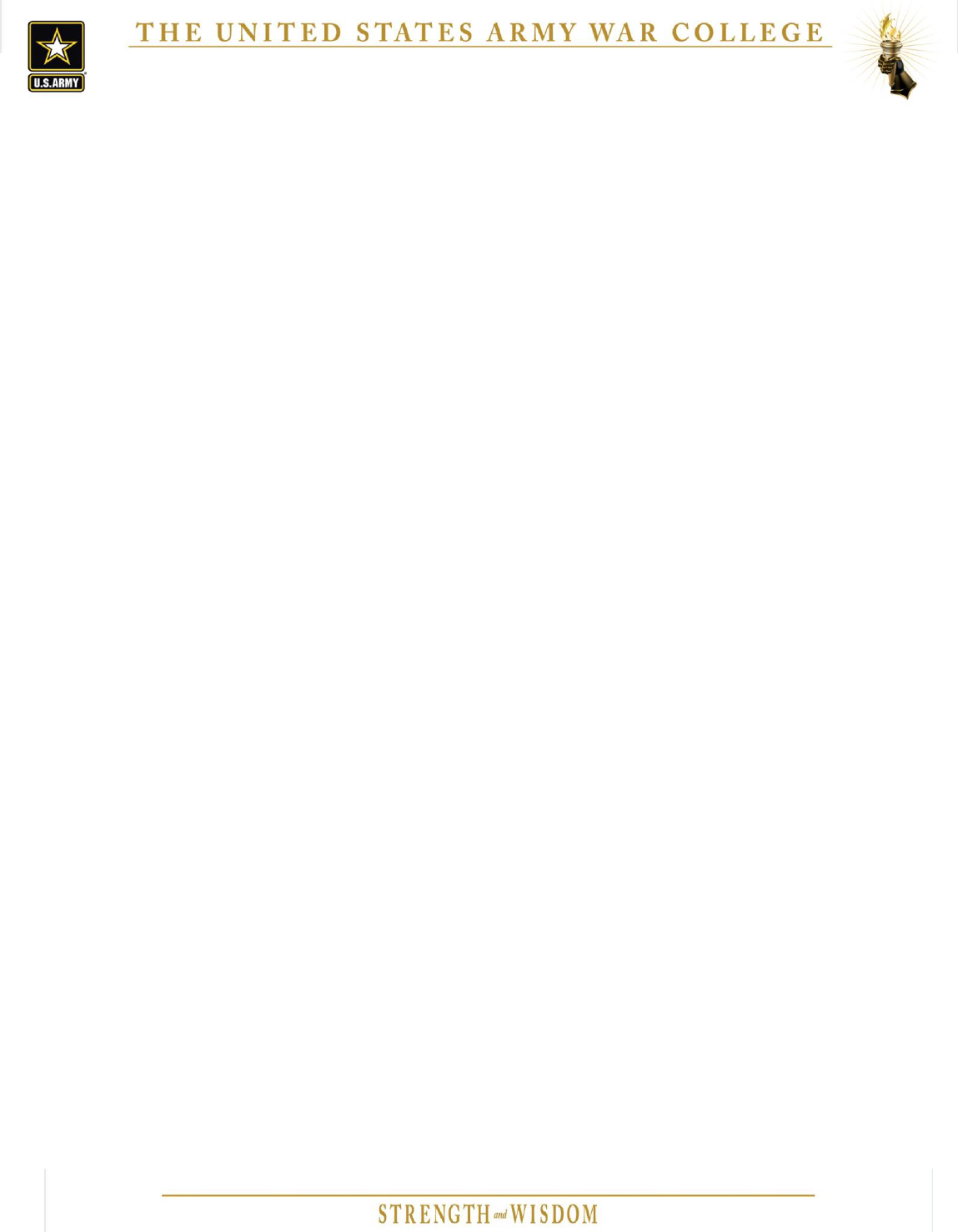
18
Determine Player Requirements: With an understanding of the number and function of player cells, the
management team determines the number of players required and the knowledge, experience, and
perspectives each player will bring to the game. Determining the right quantity and mix of knowledge,
experience, and perspective is critical to achieving the wargame objectives. For many wargames at the
USAWC, International Fellows enrolled in the War College program are sought for their knowledge,
experience, and unique perspective on issues as officers or senior civilian employees in a foreign military
service.
Develop Player List: The project management team compiles a list of potential players that match the
desired player requirements. The management team often reaches out to members of the USAWC staff
and faculty for player recommendations. As appropriate, the project manager may reach out to relevant
communities of interest in search of well qualified players. The player list usually contains a mix of
players from inside and outside the USAWC.
For a sponsored wargame, the sponsor may place a limitation on player selection. When this happens,
the project manager will work with the sponsor to understand what perspective the desired players
bring to the wargame and how the desired players fulfill the previously determined player requirements.
As the list of potential players is developed, the project manager contacts potential players to determine
their availability and interest in participating in the wargame. Invitations are sent to players who are
available and interested in the wargame. The management team continues to look for players
throughout the rest of the wargame planning effort until they find the desired number and mix of
players.
The administrative support team maintains a database of previous players and their qualifications. The
project manager queries the database for possible players for the current wargame. The administrative
support team also assists the project manager with tracking player responses.
Determine Project Team Requirements: Project team requirements are a function of the wargame type
and structure. Most wargames require a project team with a set of common knowledge and skills to
administer and control the wargame. Such roles as analyst, note taker, facilitator or umpire, scenario
developer, report writer, as well as administrative, facility, IT, and equipment support personnel fill out
the project team. The number of people needed to fill these roles will vary from game to game.
Additional project team members may be required to fill a Red Cell or additional controller functions
unique to each game.
Form the Wargame’s Project Team: With the project team requirements in mind, the project manager
begins to fill out the project team. Most members of the project team will come from LCDW to include
the drilling Army Reservists allocated to the wargaming effort. Based on the availability of personnel to
fulfill all the required roles, the project manager will seek project team members first from within CSLD
and then from other parts of the USAWC.
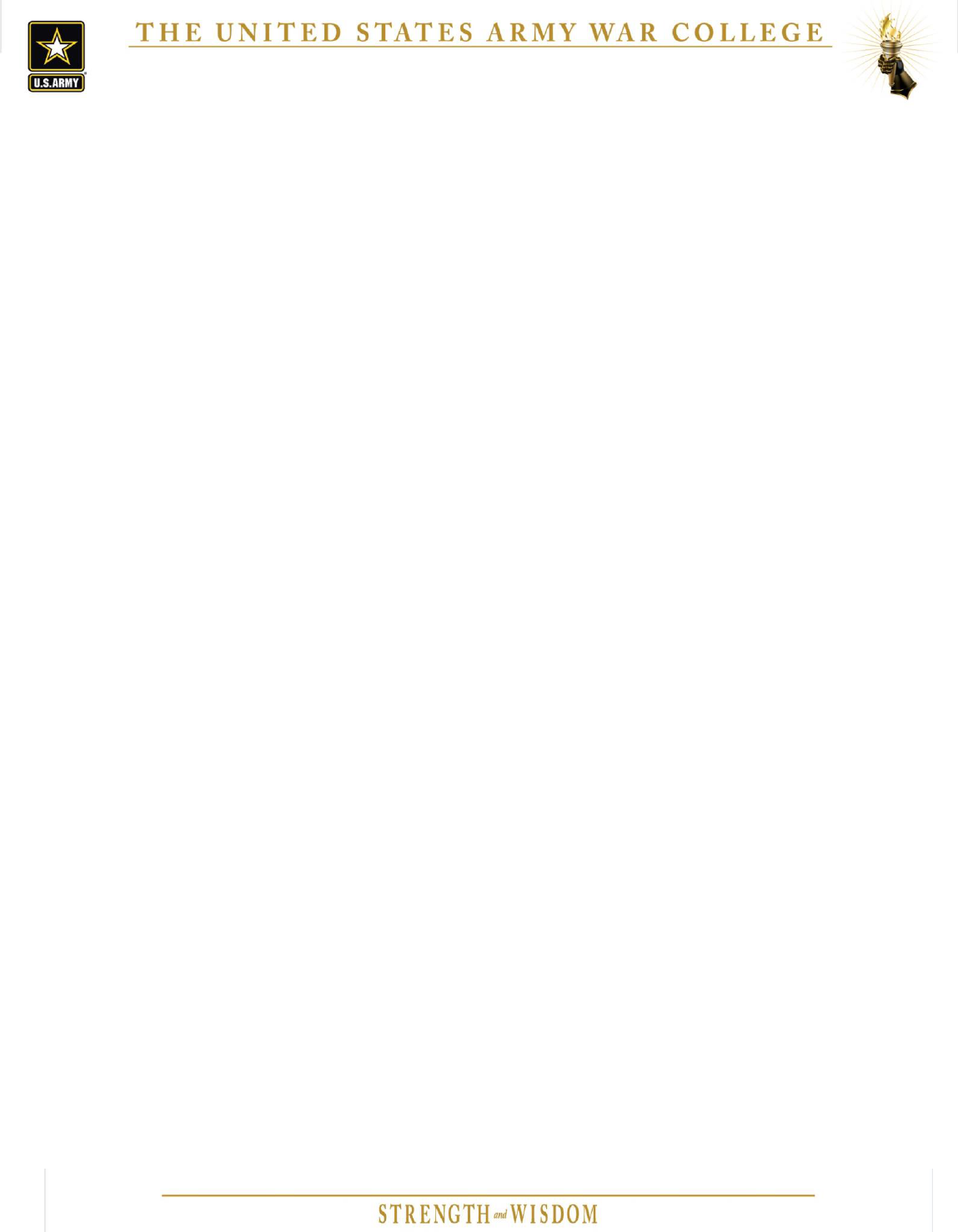
19
Only rarely will the project team include members from outside of the USAWC. In the case where a
member of the project team comes from outside the USAWC, it is almost always at the request of the
wargame sponsor. For example, the wargame sponsor may want to have a member of the sponsoring
organization prepare a report or other product based on wargame insights and information. In this
example, the project management team assigns the sponsor’s personnel to an appropriate role on the
project team to facilitate preparing the report or product. Members of the sponsoring organization are
typically integrated into the project team as an assistant facilitator, additional note taker, or brief
builder.
Design the Wargame IPR Brief: The project management team provides an IPR to the Director, LCDW
highlighting the products developed during the design phase of planning. The briefing includes the basic
structure of the analytical plan, a description of the wargame type, the general wargame structure, as
well as the tentative list of players with their associated qualifications, and finally the project team
composition. The project management team makes whatever changes or refinements to the brief based
on Director, LCDW input before briefing the Director, CSLD.
Design the Wargame Brief: The project management team gives the wargame design brief to the
Director, CSLD for approval. Once the Director, CSLD approves the wargame design, the management
team proceeds to the Develop the Wargame phase. The Director, CSLD decides if additional members of
the USAWC leadership will be provided the design brief.

20
VI. Develop the Wargame
The ‘Develop the Wargame’ phase of planning is distinct from the Design phase and occurs after the
wargame is clearly defined and designed. The develop phase builds on the outputs of the Define and
Design phases to “flesh out” the wargame, and it develops the content that will be used during wargame
execution.
Personnel Required: Project team
Purpose: To develop the plans and materials that will be used during the wargame.
Endstate: There are four distinct outputs of Develop the Wargame: the adjudication or facilitation plan,
the scenarios and injects, the wargame agenda and the player materials. Taken together with the
wargame design, these outputs represent the wargame operations plan.
An overview of the ‘Develop the Wargame’ phase is shown below.
Develop
Adjudication or
Facilitation Plan
Wargame Design
Wargame Operations
Plan
Develop
Scenario and
Injects
Develop
Wargame
Agenda
Develop Player
Materials
Wargame
Operations Plan
Brief to Director
LCDW
Wargame
Operations Plan
IPR to Director
LCDW
Distribute Player
Materials
Figure 5. Develop the Wargame Phase
Develop the Adjudication or Facilitation plan: The umpires or facilitators work with the project
management team to create the adjudication or facilitation plan based on the objectives, research
questions, analytical plan, and the wargame type. Each plan includes the number and skill set of
personnel needed to form the adjudication or facilitation teams. Each plan specifies the actions of each
of the adjudication or facilitation team members.
Adjudication Plan: For wargames that involve reactions to injects or the actions of other player
cells, an adjudication plan may be the preferred technique for meeting wargame objectives. The umpire
(adjudicator) is an impartial judge of the interactions of player cells. Umpires evaluate player actions and
decisions, determine the outcome of those actions and decisions, and provide the results to the player
cells. When injects are used, the results of player actions or decisions may impact whether or not
another planned inject is still valid or necessary, or if the project team will need to create a new inject.
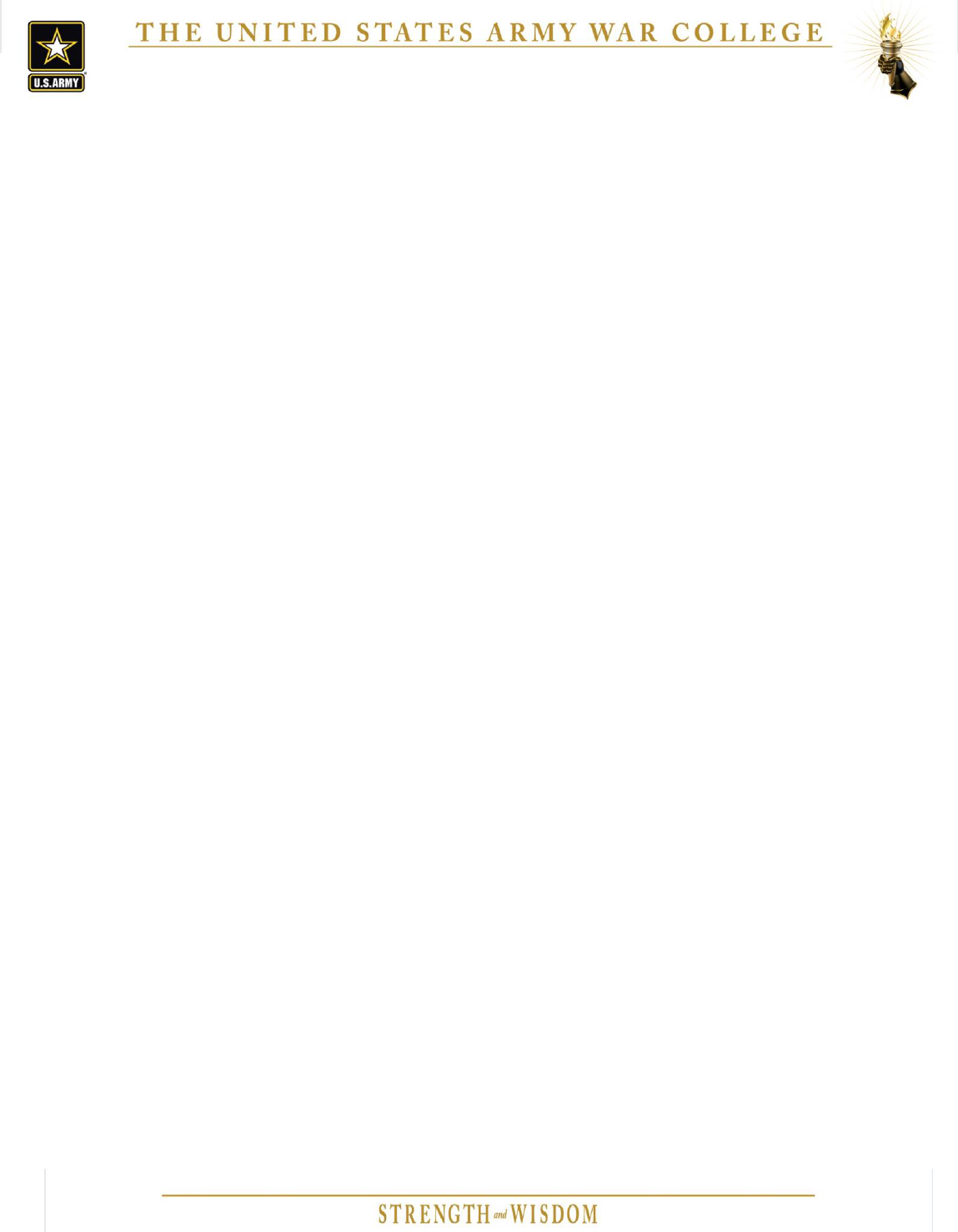
21
Due to the strategic nature of the wargames at the USAWC, the most prevalent form of
adjudication is what is commonly referred to as “free” adjudication, which relies on the professional
judgment or subject-matter expertise of the umpire to determine the outcome of player interactions.
Less common is semi-rigid adjudication, which relies on a combination of predetermined rules and the
professional judgment of the umpire.
Facilitation Plan: For wargames that do not involve reactions to the actions of other player cells,
a facilitation plan may be the preferred technique for meeting wargame objectives. Wargames that rely
on facilitation as opposed to adjudication are more common within the USAWC strategic wargame
series. While a facilitation plan does not include rules for determining how player interaction will be
adjudicated or judged, it does include ground rules for player interaction and discussion.
The facilitation plan describes how the facilitator will set the conditions for the players’
interactions. The facilitation plan sets the initial conditions for the game, which may include a short
scenario, if not previously introduced. The facilitation plan includes the questions derived from the
analytical plan that the facilitator will pose to the players in order to stimulate player interaction. In
some cases the facilitation plan may include injects to drive player interaction toward certain areas of
interest based on wargame objectives.
The facilitation plan, more so than the adjudication plan, focuses on how information will be revealed
and recorded during game play. A facilitation plan includes estimated timelines for determining the
necessary information and insights that the game is intended to reveal. Finally, the facilitation plan
identifies what supplies, technologies, and equipment are needed to aid in capturing the desired
information and insights.
Develop Scenario and Injects: Every wargame, regardless of type or structure, requires some form of
scenario to stimulate player interaction. Injects, when used, are intended to modify or challenge player
behaviors to drive game play to achieving specific objectives. Wargame sponsors may request or direct
the inclusion of certain wargame limitations on the development of the scenario and injects.
Scenario: A scenario is a plausible description that sets the scene for player interaction. The
scenario is sufficiently well developed to allow players to suspend their disbelief of the plausibility of the
situation described in the scenario. The scenario developer creates the scenario in support of the
wargame objectives. The scenario postulates a particular situation using the minimal essential
information to inform players of the initial conditions under which game play will proceed. Wargame
sponsors may dictate the general scenario based on their objective for the wargame.
Inject: A scenario inject is a modification to the scenario to introduce new information into
game play. Like the base scenario, injects must be plausible and are designed to elicit a change in player
behavior or challenge the players to think about and act on a new “twist” to the basic scenario. When
injects are used, they can be managed by the White Cell or may be worked into a facilitation plan.
Develop Wargame Agenda: The project team creates the wargame agenda to guide the play of the
wargame. Depending on the type and structure of the wargame, the game play may be either tightly or
loosely scheduled. The agenda sets the time dedicated to each turn or event. The agenda may include

22
any number of plenary sessions designed to inform all players on certain key aspects of the game. When
player cells have different objectives, the agenda might include one or more sessions where the player
cells brief and ask questions of each other as a way of challenging the outcome or conclusions of the
other cells. The agenda may also include time set aside for executive out-briefs or briefings to the
wargame sponsor.
The project team may also create an agenda for all wargame controllers and support personnel. This
agenda includes actions of controllers that do not involves players. Such agenda items might include
controller meetings to discuss and, if necessary, adjust the conduct of the game. White Cell, Red Cell,
other player cells, and support personnel actions may be detailed in this agenda.
Develop Player Materials: The project team develops player materials to distribute to players prior to or
during the wargame. Materials sent to players are intended to develop a common understanding of the
starting conditions for the wargame or provide background material so that all players start with a
common reference point.
Player materials used during the wargame are integrated into the facilitation plan. These materials may
include “new” background materials or may be used as, or in conjunction with, scenario injects.
Wargame Operations Plan IPR Brief to Director, LCDW: The project management team conducts an IPR
with the Director, LCDW that highlights the products created during the Develop the Wargame phase of
planning (together known as the wargame operations plan). The brief includes a high-level review of the
plan to support the wargame. The IPR includes a discussion of the facilitation plan, the scenarios and
injects, the wargame agenda, and the player materials.
At the discretion of the Director LCDW, the IPR may also include a select review of previously developed
wargame planning products. In order to avoid “reinventing” the wargame, the review of previously
approved planning should be kept to a minimum. The Director, LCDW approves the distribution of
player materials at the end of the IPR. If required the management team makes changes to the wargame
operations plan prior to briefing the Director, CSLD.
Distribute Player Materials: Once the Director, LCDW approves the player materials, the project team
distributes the materials intended for use prior to the wargame to the players. The administrative
support team has primary responsibility for distributing the player materials.
Wargame Operations Plan Brief to Director, CSLD: The project team briefs the Director, CSLD on the
wargame operations plan. This briefing is essentially the same as the one used during the IPR described
above. The Director, CSLD approves the planning or directs additional refinements. Once approved, the
project team is cleared to execute the wargame.

23
VII. Rehearse the Wargame
Ideally, the wargame rehearsal begins 3-5 workdays prior to the wargame in order to allow time to
adjust and synchronize the wargame operations plan and support planning prior to execution. To the
extent possible all members of the project team participate in the rehearsal. The availability of
personnel, facilities, and equipment may make it difficult to execute all the process steps of this phase
during one session. The various process steps of this phase may be executed in any sequence
convenient to the project team.
Personnel Required: Project team
Purpose: To review and rehearse the major elements of the operations plan and the support planning.
As necessary these plans are adjusted and synchronized to ensure a well-executed wargame.
Endstate: At the end of this phase, the wargame is postured for successful execution.
An overview of the ‘Rehearse the Wargame’ phase is shown below.
Adjust and
Synchronize
Planning
Set up and Test
IT Systems
Planning Inputs
Develop
Wargame
Plan Wargame
Support
Wargame
Operations Plan
Planning to support
Wargame
Finalized Wargame
Plans
Briefback
Adjudication or
Facilitation Plan
Set up and
Check Facilites
and Equipment
Review
Administrative
Processes
Reveiw and
Rehearse
Agenda
Figure 6. Rehearse the Wargame
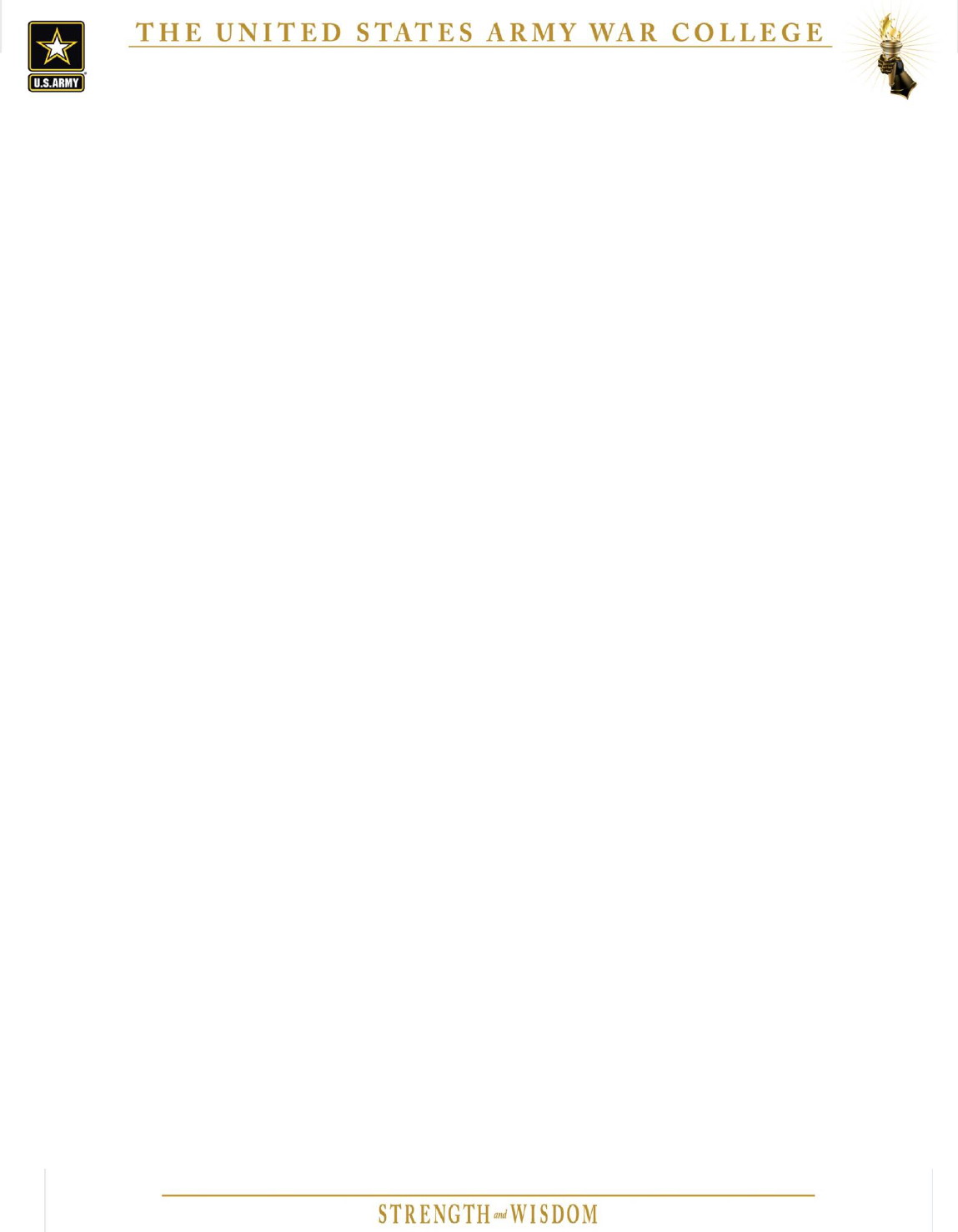
24
The project management team schedules rehearsals so project team members can review and practice
their various roles. These rehearsals also serve to uncover gaps or inconsistencies in the planning for the
wargame. During each process step, the project team makes note of activities or events that do not
seem to be synchronized in time and space. As necessary, the project management team updates the
various plans.
While not required, the Director, SWD and Director, SAORD may be present during the rehearsal to
provide guidance and direction to the project team.
In no particular order the project team rehearses the wargame by executing the following process steps.
Review and Rehearse Agenda: During this process step, the project team conducts a walkthrough of the
agenda. During the rehearsal, the project manager may rehearse any remarks for the plenary sessions.
The project manager reviews when and where wargame control personnel will meet during execution to
discuss game flow and the need for adjustments.
The rehearsals serve to ensure that the agenda flows logically from one activity to the next. When they
are used, the roles and actions of the Red Cell and White Cell are reviewed.
Brief back Adjudication or Facilitation Plan: The umpires or facilitators discuss how game play will
proceed and how and when they will interact with the players. If injects are planned, the project team
reviews the timing and purpose of the scenario injects so they are synchronized with the adjudication or
facilitation plan. The analysts typically discuss how they will record the insights and information revealed
during the wargame. For an adjudicated wargame, the umpires discuss their chosen methods of
adjudication. For a facilitated wargame, the facilitators discuss what prompts they will use to drive the
player cell discussion.
Set up and Test IT Systems: Setup and testing of IT systems is an informal activity. The IT team sets up
the IT systems and demonstrates that all IT systems are functioning as intended. The IT team also
demonstrates that the IT systems are able to access or produce the information required for the
wargame. If necessary, the IT team will show the operators of the various IT systems how to operate the
IT equipment. While not desired, there may be times when it is not possible to set up and test the IT
system in the space in which the IT system will be used. In such cases, the IT systems may be tested at a
convenient location and set up just prior to the wargame.
Set up and Check Facilities and Equipment: The operations support team sets up the player and plenary
spaces as planned. The operations support team positions any required equipment where it will be used
during the wargame. The equipment used in each space will be checked to ensure it functions as
intended. These checks may be in conjunction with the other rehearsal steps.
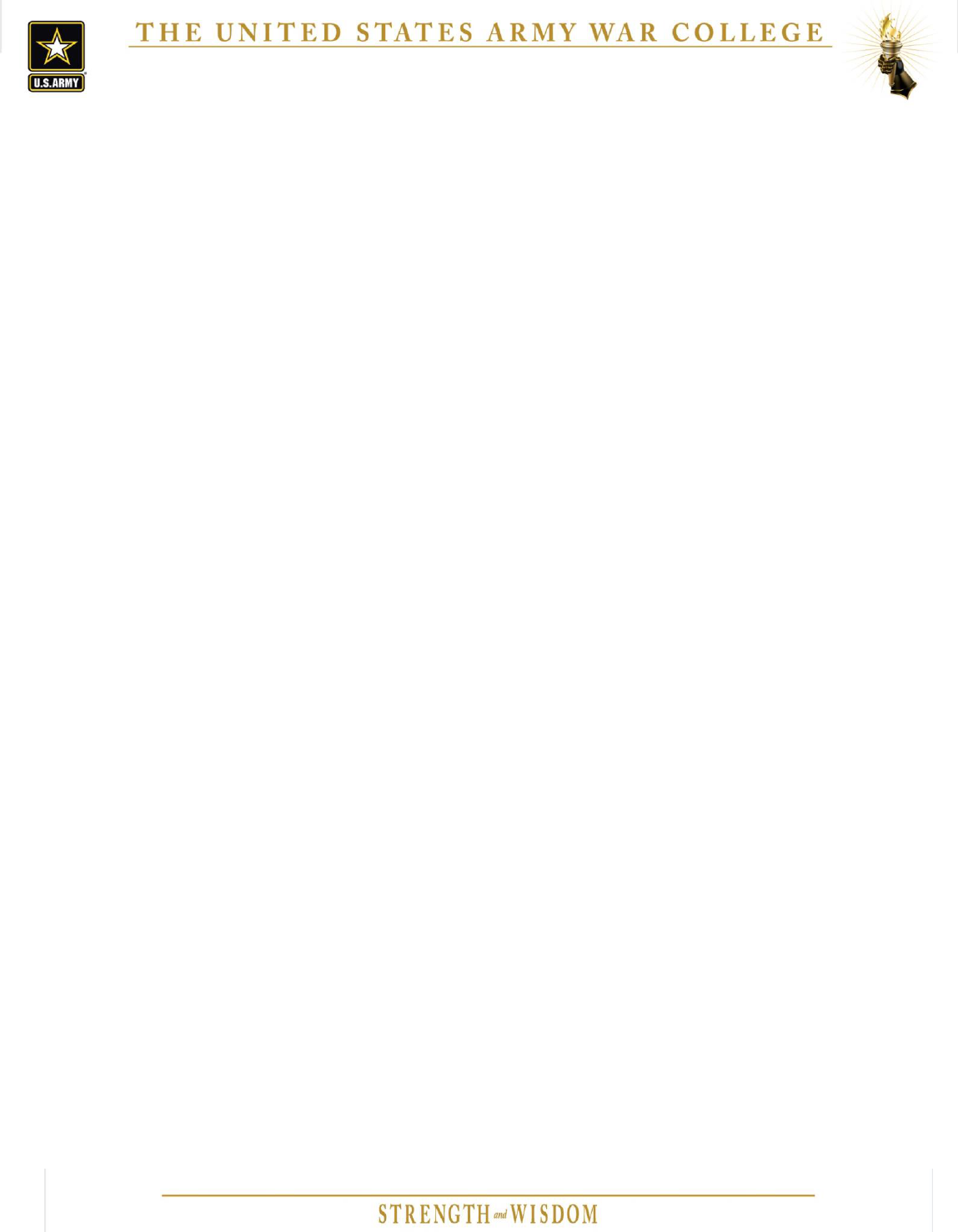
25
Review Administrative Processes: The administrative support team provides an overview to the rest of
the project team on the administrative processes that will take place during the wargame. Topics for the
review may include arrival and registration activities, the distribution of player materials (to include
nametags and name tents), meal and break procedures, transportation arrangements, and departure
procedures.
Adjust and Synchronize Planning: The final process step within the rehearsal process is to adjust plans
to ensure they meet the needs of the wargame and are synchronized for proper wargame execution.
After making changes to the plans, the project manager may direct that rehearsal of certain process
steps be repeated.
At the end of the Rehearse the Wargame phase the project team should have finalized all planning and
preparation for the wargame.

26
VIII. Execute the Wargame
The ‘Execute the Wargame’ phase begins with performing the planned support for the wargame and
continues through the wargame after-action review. The project team executes all of the various plans
during the wargame.
Personnel Required: All members of the project team
Purpose: The purpose of this phase is to lead the players toward achieving wargame objectives and to
capture their insightful contributions.
Endstate: This phase is complete when the wargame execution is complete, rooms are cleaned up, and
the AAR is conducted. The output of this phase is the initial wargame insights and information.
An overview of the ‘Execute the Wargame’ phase is shown below.
Finalized Wargame Plans
Executue
Planned Support
Conduct AARBegin Wargame
Execute
Adjudication or
Facilitation Plan
Execute
Analytical Plan
End Wargame
Figure 7. Execute the Wargame
Execute Planned Support: Planned support encompasses a wide variety of activities in support of and in
parallel with other planning phases. During the Execute the Wargame phase, planned support begins
with completing any setup and testing not accomplished during the rehearsal. The list of additional
activities that constitute supporting the wargame varies widely from game to game, but includes these
common elements:

27
Reception: During reception, USAWC welcomes participants as they arrive on the first morning
of the wargame. There are a number of activities that may also occur during reception to
include distributing player materials, security badges, and administrative information and
collecting money for meals during the wargame. Reception may require security clearance
verification depending upon the classification of the wargame. The administrative support team
makes note of who has not checked in and shares that information with the project manager in
the event that player cells need to be adjusted for a proper mix of players.
IT Support: During the course of the wargame, the IT support team may be called on to provide
IT support such as video teleconferences or managing other IT systems during plenary sessions.
The IT support team is otherwise on-call throughout wargame execution.
Breaks and meals: For most USAWC wargames, the administrative support team prepares a
break area where players can get refreshments during planned break periods. Depending on the
requirements of the wargame, the administrative support team may also arrange for meals so
that players can continue to deliberate wargame issues over a meal. The project team often
meets during breaks to synchronize game play and to adjust the agenda as required.
Departure: Once the wargame has concluded, the administrative support team collects all the
items that the players will not be taking away with them. As necessary, the administrative
support team assists players with their travel claims prior to departing.
Begin Wargame: The wargame typically begins with a pre-execution “huddle” of the project team
approximately an hour before the first player session. At this meeting, project team members raise and
resolve any last minute issues that would affect the execution of the wargame. Once the players have
assembled, the project team begins the wargame proper, which typically calls for an opening plenary
session. During this plenary session, a member of the USAWC leadership welcomes the players to the
wargame. The project manager briefs players on administrative procedures to include how the wargame
will be conducted. Often the plenary session includes scenario or scene setting information intended to
build a common understanding of the initial conditions for the wargame. Additional plenary sessions
may be scheduled for the purpose of exchanging information between cells or for imparting common
information to the players.
Per the wargame agenda, players move to their individual cells and begin to examine wargame issues.
The wargame proceeds as detailed in the agenda and operations plan.
Execute Adjudication or Facilitation Plan: The umpires or facilitators take control of the player cells and
guide the players to accomplish the wargame purpose and objectives in accordance with the
adjudication or facilitation plan. The umpires manage the interaction between player cells and the white
and red cells. At the appropriate time the umpire adjudicates the cell interactions. The facilitator is
responsible for managing the time players spend on each issue to ensure there is adequate time to
discuss the most important issues. The facilitator, more so than the umpire, is also responsible for
keeping players focused on the appropriate activities.
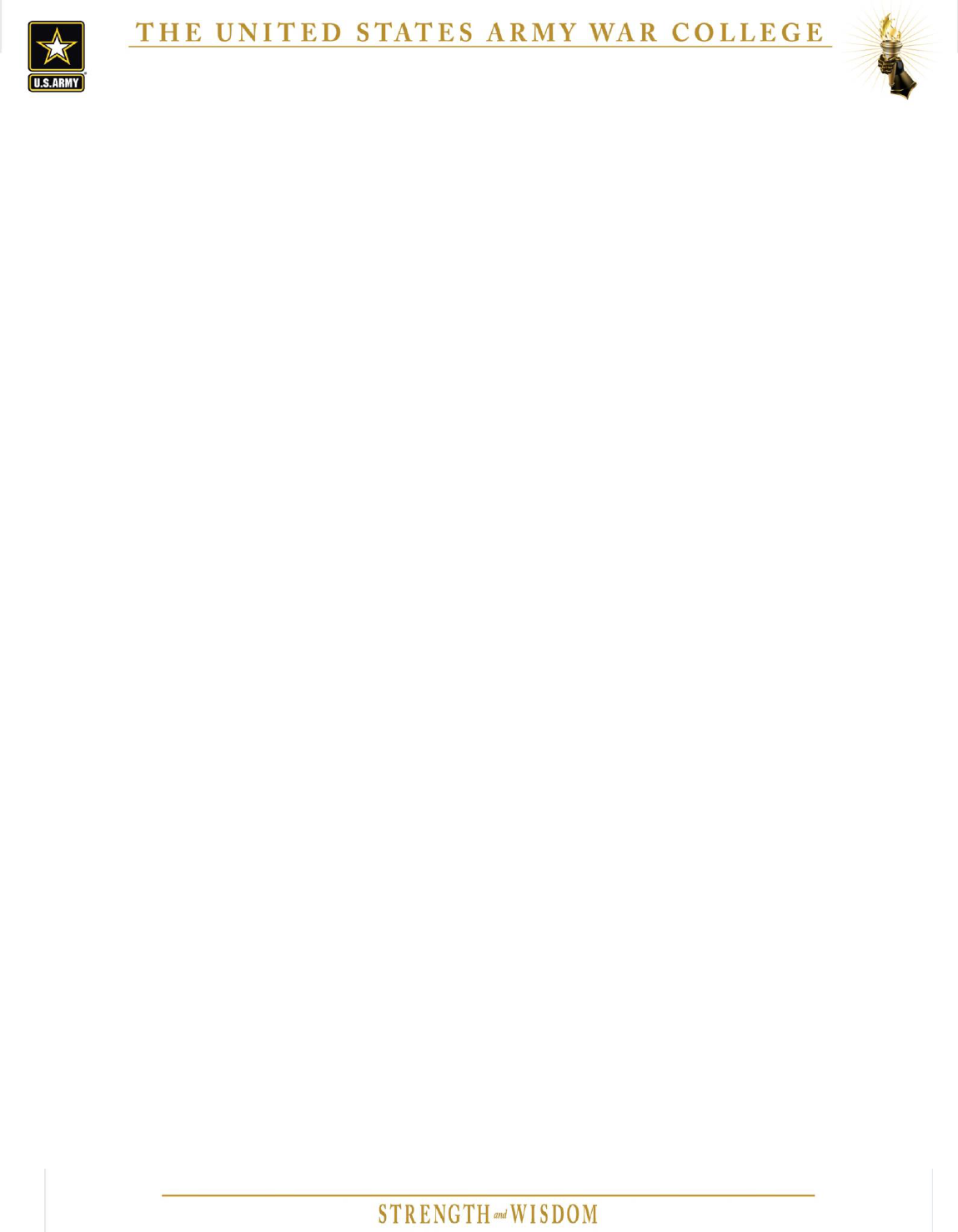
28
Execute Analytical Plan: The analysts execute the analytical plan by focusing on the insights and
information that the players provide for each of the objectives and research questions. For an
adjudicated game, the analysts make note of the decisions made, the rationale for those decisions, and
the outcomes of the adjudications. For facilitated games, the analysts make note of salient arguments in
support of and against one position or another that are tied to the objectives and research questions.
For most wargames, the analysts create an audio recording of the player interactions to which the
analysts can refer during post wargame analysis as necessary. When the wargame is conducted based
upon rules of non-attribution, the audio recordings are destroyed once the wargame products are
released.
End Wargame: The wargame normally concludes with a final plenary session to wrap up the wargame
and release participants. Based on the operations plan, the final plenary session may include player cells
briefing each other on their wargame results. The final plenary session may also include briefings to
USAWC leadership or the sponsoring organization. Following the final briefing, the project manager
thanks the players for their participation and releases them. Additional activities for the end of the
wargame include:
Post-Execution Huddle: Immediately following the wargame, the entire project team assembles
for the Post-Execution Huddle. The project manager quickly reviews with the project team how
well they believe the wargame objectives have been achieved. The project manager then
reviews the timeline for additional activities to set the conditions for the initial After Action
Review (AAR) and the ‘Communicate the Results’ phase.
Tear-down: The project team gathers participant work products and materials. Included in those
materials are any electronic products that the players prepared during the game. The project
team also gathers any leftover supplies and equipment and returns them to stock.
After Action Review (AAR): The project manager leads all members of the project team in the
wargame AAR, which occurs within a couple of working days following wargame execution. The
purpose of the AAR is to identify those actions that should be sustained and those that need to
be improved. The AAR covers all phases of the wargame planning and execution. The AAR
addresses such questions as:
Was the purpose of the wargame clear to players? If not, how could it have been made
more clear?
Did the wargame achieve its objectives? If so, what were the major contributors? If not, why
not?
What could have been done (or done better) during the planning of the wargame to make
the game more effective?
What could have been done (or done better) during execution to make the wargame more
effective?
What things went particularly well during planning and execution that should be retained
when planning for future wargames?
How well did we follow the wargame Handbook, keeping in mind that there is room for
creativity and flexibility in the process?
What in the Handbook needs to be changed?
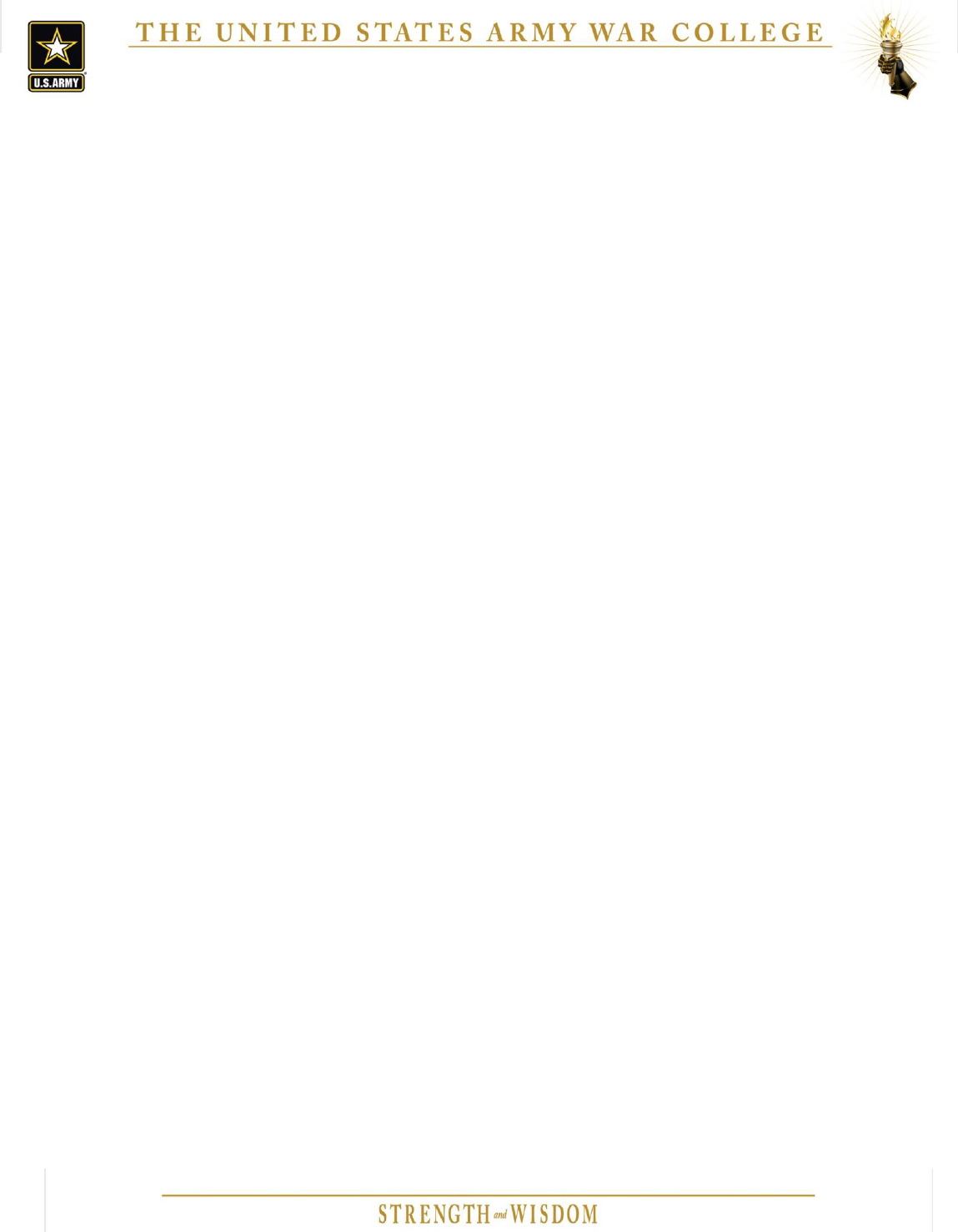
29
The project manager compiles the AAR comments and places them in the continuity folders for the
wargame. Subsequent project managers consult past wargame AARs to learn what has and has not
worked well in previous wargames before planning a wargame. As appropriate, the mentor uses the
AAR notes to update this handbook.
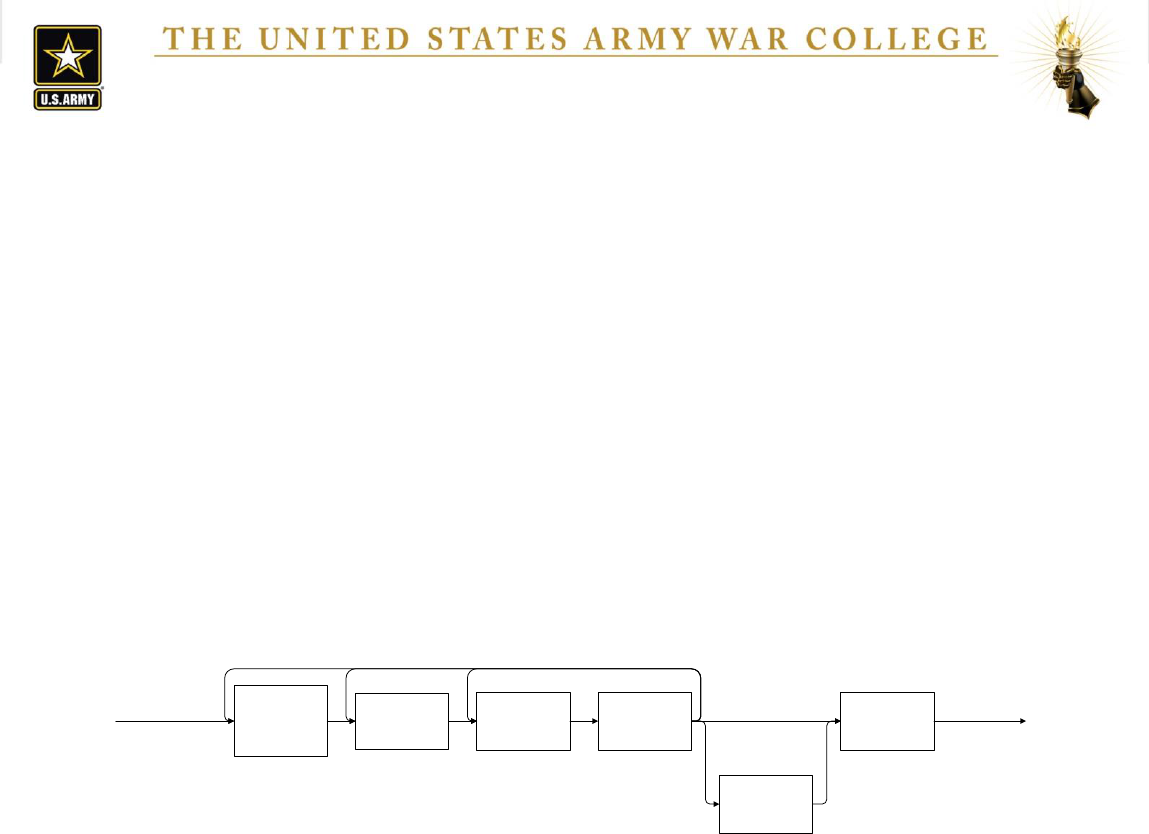
30
IX. Communicate the Results
‘Communicate the Results’ is the process of generating, editing, and publishing the wargame results.
The lead analyst and wargame authors have the most prominent roles, although the project manager
and other analysts will be involved.
Personnel Required: Project manager, all analysts, and wargame report author
Purpose: To effectively and concisely communicate the wargame results in a manner that resonates
with the intended audiences.
Endstate: The endstate of this phase is the release and distribution of wargame products.
An overview of the ‘Communicate the Results’ phase is shown below.
Wargame Results
Wargame Insights
and Information
Analyze
Wargame
Insights and
Information
Create Analytical
Products
Create Draft
Wargame
Products
Staff Products
Release
Wargame
Results
Brief Key
Stakeholders
Figure 8. Communicate the Results
The insights and information from the wargame are the inputs to this phase of the wargame.
Information sources include: analyst notes, participant group work products, individual participant
input, surveys (if used), and audio files. Work accomplished in this phase involves turning the relevant
insights and information into a cohesive wargame product or series of products that clearly and
concisely communicates the results of the wargame.
Each wargame presents unique challenges to communicating the results. The following process is
flexible enough to allow the project team to communicate the results in a meaningful way.
Analyze Wargame Insights and Information: The lead analyst organizes his analytical team to conduct
the analysis of the insights and information captured during the wargame. Analytical team members
examine their notes, as well as the audio recordings, and anything else produced during the course of
the wargame to begin the analysis. The analytical team uses the techniques outlined in the analytical
plan to organize and analyze the most salient insights and information.
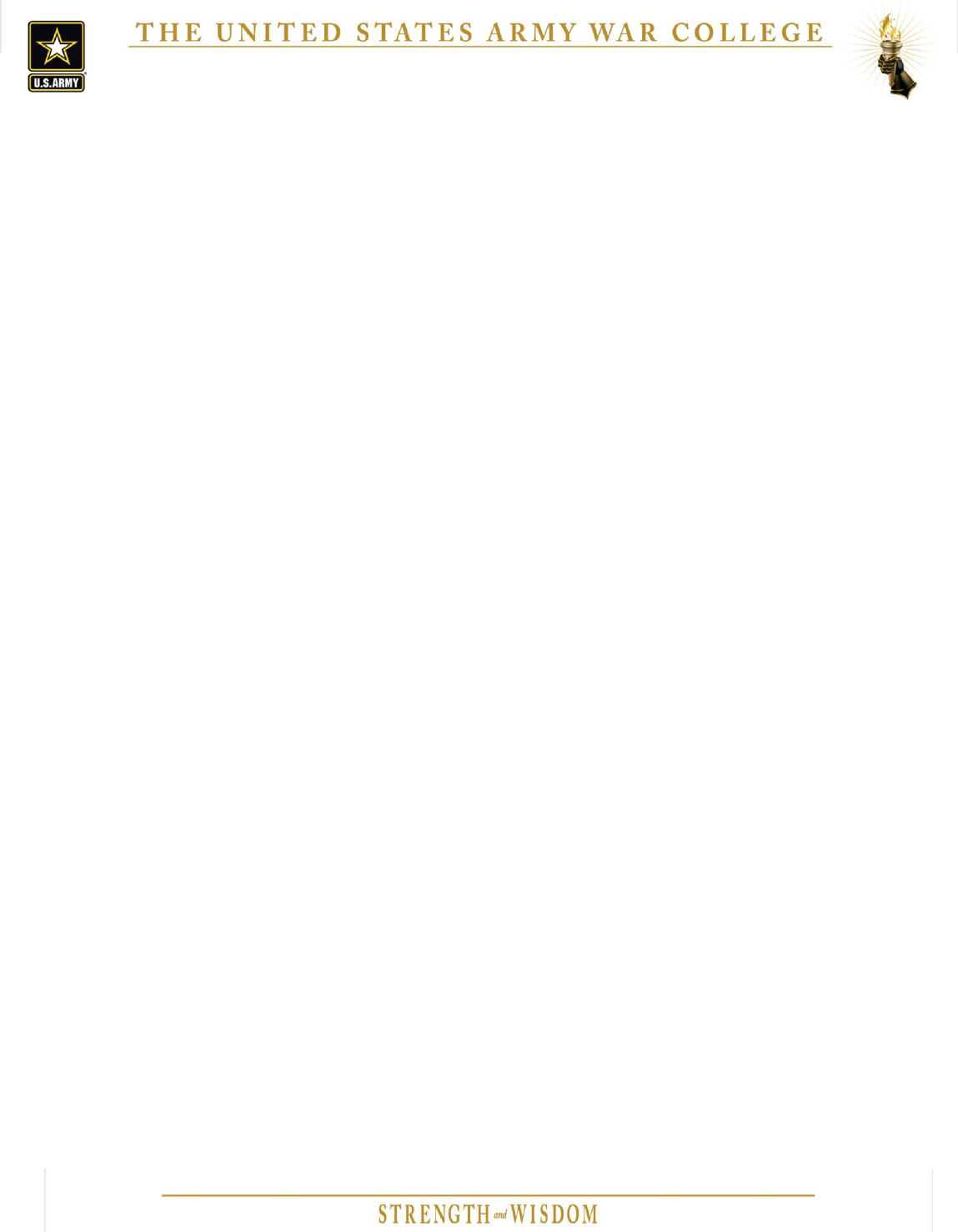
31
Create Analytical Products: The lead analyst, working with the analytical team, consolidates the work
products (butcher paper, briefing slides, etc.) of the wargame with the results of the previous analysis to
create one or more analytical products. The most common form of analytical product is a listing of
information and insights organized by the research questions and objectives. The lead analyst uses his
judgment to determine what is included in the analytical products. When audio tapes are used, the
analyst may include a transcription of significant parts of the wargame interaction in the analytical
product.
Create Draft Wargame Products: The report author uses the analytical products to create the draft
wargame products. The process of creating the draft wargame products can take several weeks
depending on the complexity of the wargame and the volume of information contained in the analytical
products. In order to be sure he has a clear understanding of the analytical products, the author
commonly consults with the lead analyst. In rare circumstances the author may have to ask the
analytical team to conduct further analysis or to create additional analytical products. The author
generally reviews his draft products with the assigned mentor prior to staffing the products and is free
to seek the assistance of other members of the project team.
Staff Products: When the report author is satisfied that he has solid wargame products, he submits the
products for review through the Director, SWD and the Director, LCDW to the Director CSLD. The author
edits the document in consultation with his leadership. Once the Director, CSLD is satisfied with the
report, the author sends the report to the Commandant and other senior leaders of the USAWC for final
review. If satisfied, the Commandant authorizes release of the wargame products subject to any
restrictions for release requested by the wargame sponsor. The wargame products now represent the
wargame results.
Brief Stakeholders: The senior leadership of a sponsoring organization at times will ask to be briefed on
the wargame results either before or after release of the wargame products. When the project team
receives such requests, the team prepares the appropriate briefing materials and arranges to present
the wargame results.
Release Wargame Results: The project manager typically sends the wargame results to key stakeholders
and wargame participants, and it is posted to the USAWC and CSLD public website,. The USAWC solicits
feedback from the sponsor and other consumers of the report with the intent to improve future
wargame products.
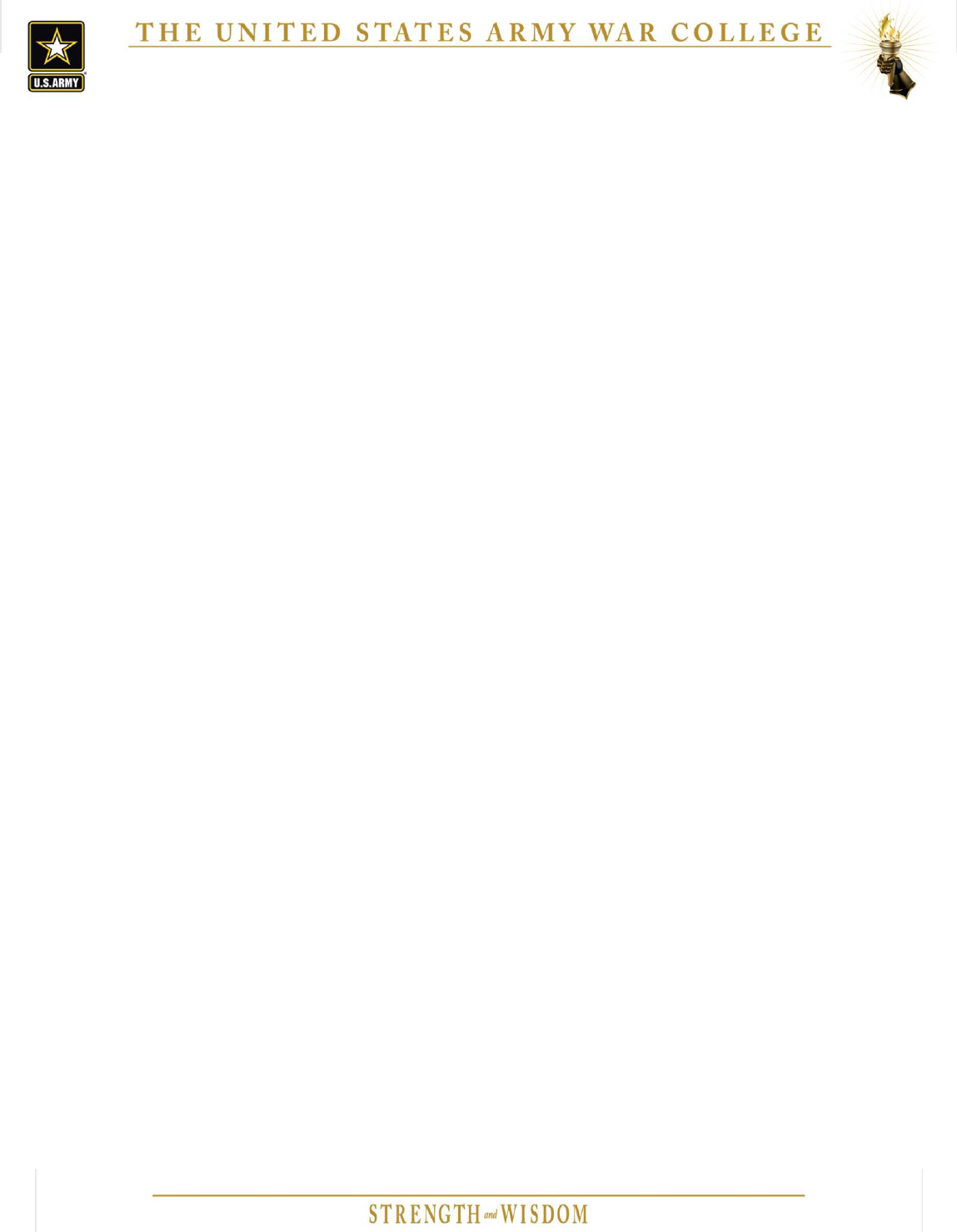
A-1
Appendix A: Selected Bibliography
Burns, Shawn, ed., War Gamers’ Handbook: A Guide for Professional War Gamers. Newport RI: US Naval
War College, Defense Printing Service.
Conway, Maree. “Environmental Scanning: what it is and how to do it…” Thinking Futures. January 2009.
http://thinkingfutures.net/wp-content/uploads/2010/10/ES-Guide-April-09.pdf (accesses June 19,
2015).
Lartigue, Louis J. Jr. Wargaming and the Interagency. Carlisle, PA: US Army War College, 2008.
McHugh, Francis, J. Fundamentals of War Gaming. Washington, DC: US Government Printing Office.
1966.
Perla, Peter. "So a Wargamer and a Black Swan Walk into a Bar..." Phalanx 41, no. 4, (December 2008).
Perla, Peter P. The Art of Wargaming: A Guide for Professionals and Hobbyists. Annapolis, MD: Naval
Institute Press, 1990.
Perla, Peter P. and McGrady, Ed. “Why Wargaming Works.” Naval War College Review 64, no. 3
(Summer 2001): 111-130.
US Joint Chiefs of Staff. Department of Defense Dictionary of Military and Associated Terms. Joint
Publication 1-02. Washington, DC: US Joint Chiefs of Staff, November 8, 2010, as amended through
March 15, 2015.
US Joint Chiefs of Staff. Joint Operations Planning. Joint Publication 5-0. Washington, DC: US Joint Chiefs
of Staff, August 11, 2001.
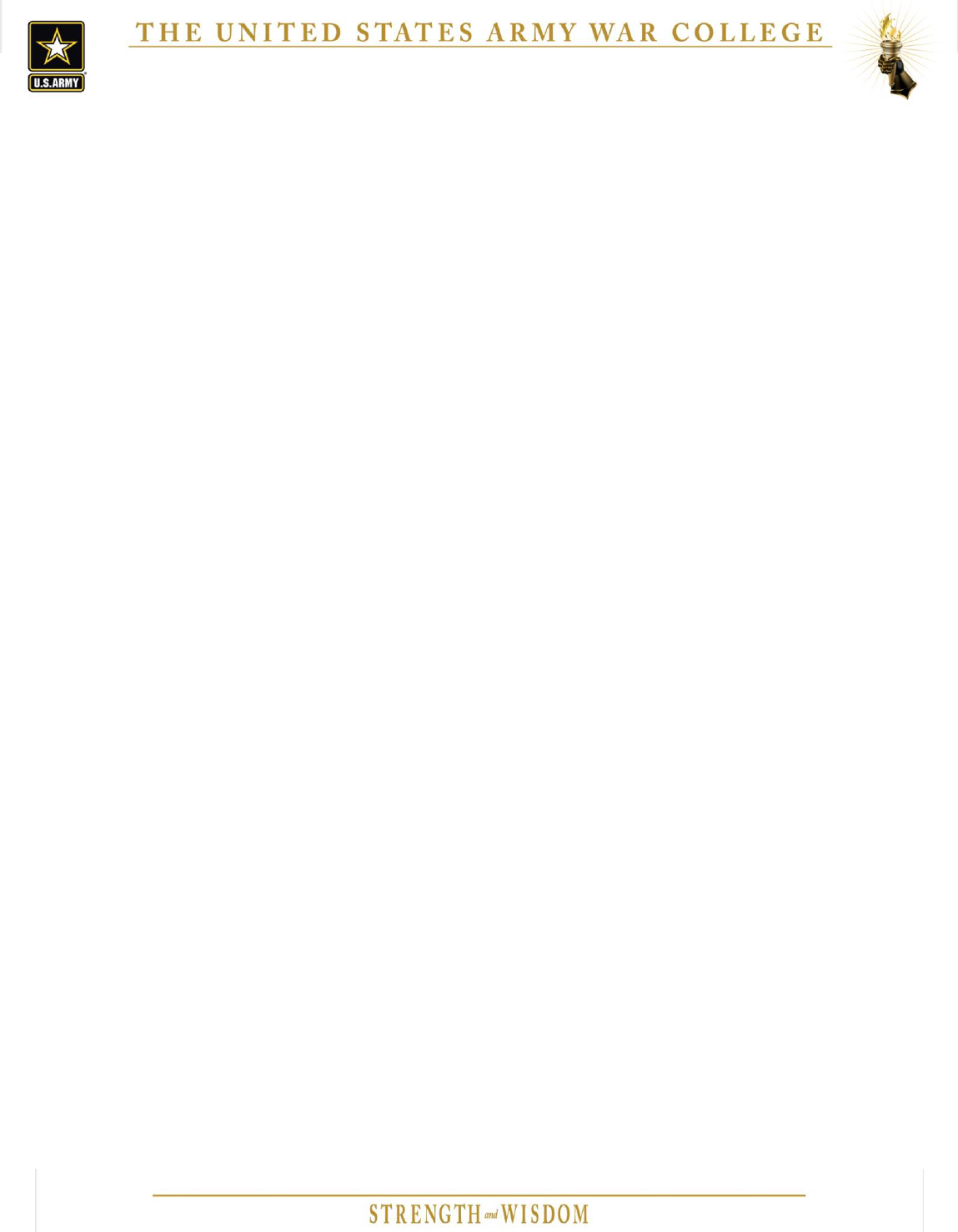
B-1
Appendix B: Wargame Project Team Duties
The Director, Landpower Concepts, Doctrine and Wargaming (LCDW)) leads the USAWC wargame series
and receives assistance from the broader USAWC staff and faculty on an as needed basis. While the
members of LCDW form the core of the wargame project team, LCWD leverages the extensive
knowledge and experience within CSLD and the broader USAWC staff and faculty in the development
and execution of individual wargames.
Below is a description of the key leadership responsibilities and the project team members involved in a
typical wargame.
Key Leaders:
1. Director, Center for Senior Leadership and Development (CSLD): Approves the Wargame Slate,
wargame concept and execution plan, and final wargame products.
2. Director, Landpower, Concepts, Doctrine, and Wargaming (LCDW): Responsible to the Director,
CSLD for the success of the Strategic Wargaming Series. Approves all products and briefings
before they reach the Director, CSLD.
3. Director, Strategic Wargaming Division (SWD): Responsible for the production of each
wargame.
4. Director, Strategic Assessments Operations Research Division (SAORD): Provides analytical
support with particular focus on wargame design and analysis of results.
5. Mentor: Advises the project team in all aspects of the planning, production, quality, and analysis
of a wargame.
6. Sponsor: Proposes issues for wargaming. Approves the Problem Statement, Purpose, Objectives,
and Research Questions. Assists with identifying qualified wargame participants.
Functional Positions:
1. Project Managers: The USAWC uses army strategists and strategic intelligence officers as
wargame project managers. The project manager is responsible for planning and conducting a
strategic wargame. The project manager works with the wargame analysts and other project
team members to ensure a quality wargame and resulting product. Specific duties include:
a. Serves as project manager for the wargame to ensure the scheduling, resourcing, and
execution of the wargame meet USAWC or sponsor objectives for the wargame
b. Ensures planning and execution timelines are met (planning, review sessions, briefings
to stakeholders, and production of wargame products)
c. Manages wargame costs
d. Responsible for wargame quality
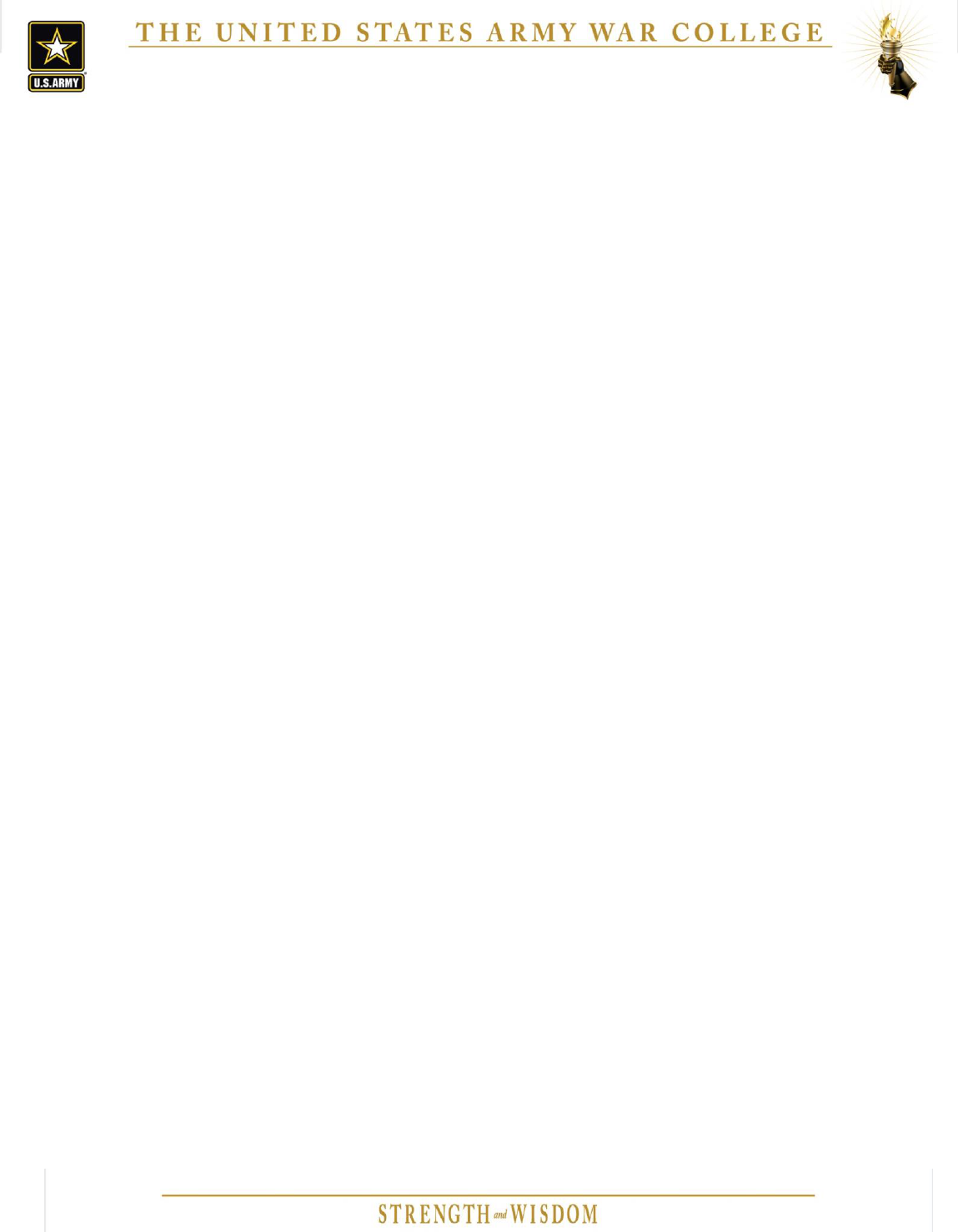
B-2
e. Develops (in coordination with the lead analyst and sponsor) the problem statement,
purpose, objectives, and research questions
f. Assists the lead analyst in developing the analytical plan and approves the plan
g. Assists the facilitators in developing the facilitation plan and approves the plan
h. Assists as necessary in producing and approving wargame products
i. As required, authors or overseas the authoring of wargame scenarios to include
scenario prompts (aka injects)
2. Project Management Team: The project manager, lead analyst, mentor, and report author form
the project management team. The project management team works as a planning and
coordination and execution cell for the duration of the wargame planning process.
a. Creates and manages the project team, which may include additional analysts,
facilitators, subject matter experts, support personnel, white cell, and report author
b. Creates various wargame plans and briefings to leadership
c. Assists in managing wargame quality and costs
d. Ensures continuity between wargame process phases
e. Coordinates the efforts of all personnel contributing to the wargame process.
3. Lead analyst: USAWC uses Operations Research/Systems Analysts, (FA49 Officers and Civilians
GS-1515) for it wargame analysts. The lead analyst leads the design and analysis efforts for the
wargame.
a. Serves as the wargame designer with assistance from the project manager
b. Produces analytical products to support the author of wargame products
c. Assists the project manager in developing the problem statement, purpose, objectives,
and research questions
d. Leads the development of the analytical plan
e. Organizes additional analysts as required to support the wargame
f. Assists the facilitators in developing the facilitation plan
g. Ensures analysts capture relevant wargame data during game execution
h. Leads post-wargame analysis and generates analytical products as required
i. Assists the project manager as necessary in all aspects of wargame planning
4. Analyst:
a. Actively collects relevant data during game execution
b. Participates in the wargame analysis after execution and contributes to analytical
products
c. Assists the lead analyst as required during wargame design, execution, and post-
wargame analysis
5. Facilitators and Adjudicators: As required, the project manager, in consultation with the
facilitation branch chief, selects the facilitators and adjudicators as needed for the wargame.
The facilitators develop the facilitation plan in coordination with the project management team.
Likewise, adjudicators develop the adjudication plan. The facilitators and adjudicators execute
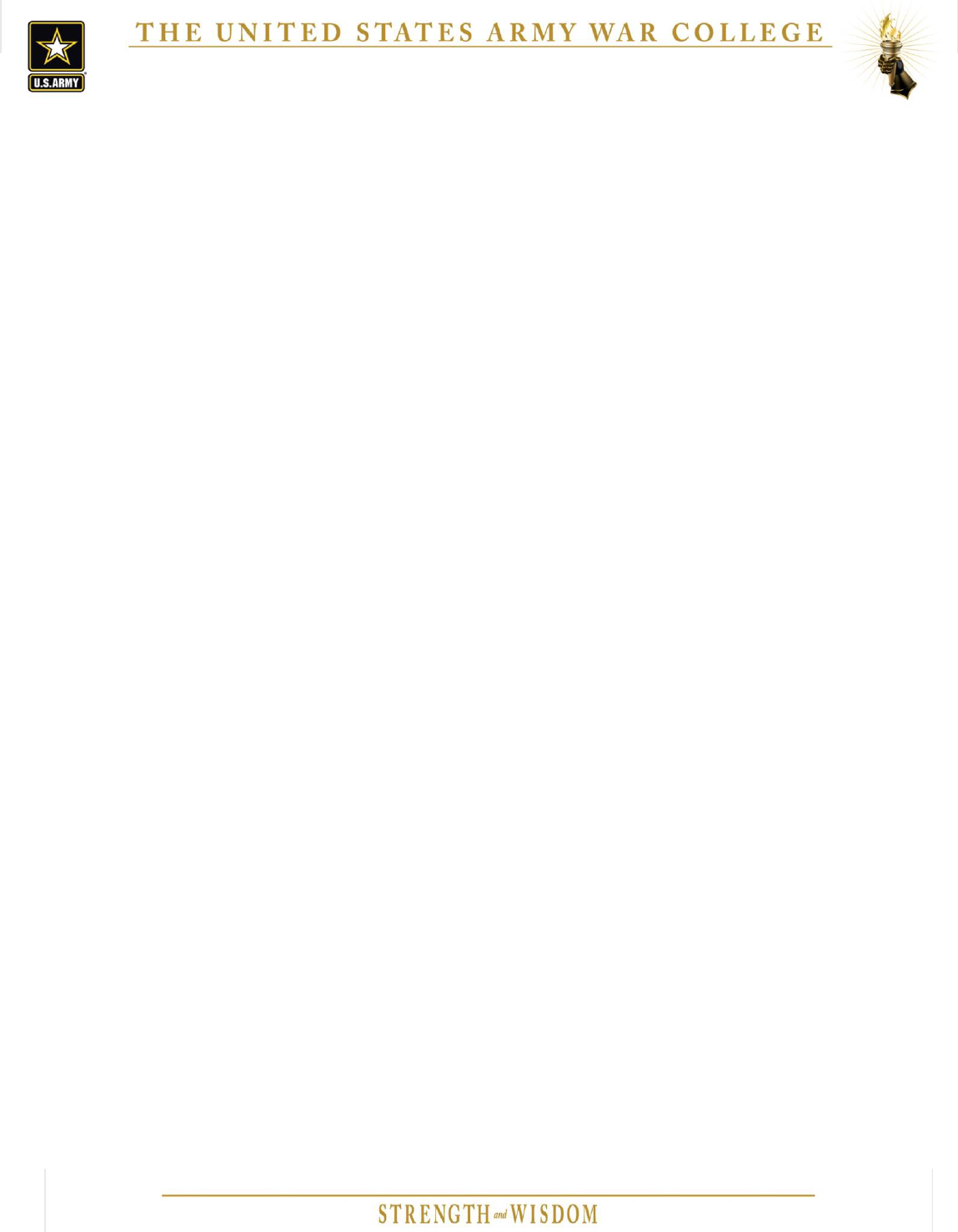
B-3
their respective plans during the wargame to ensure critical participant interactions. Both
facilitators and adjudicators must be able to:
a. Communicate clearly with participants
b. Remain neutral during wargame execution and avoid becoming a participant
c. Maintain a mature, professional disposition
Additionally, facilitators must be able to:
a. Read verbal and non-verbal cues of participants in order to solicit maximum effort of all
participants
b. Gain and retain control of a group of highly intelligent, independent thinkers
c. Focus the group on achieving the desired wargame objectives
Adjudicators must possess:
a. Subject matter expertise in the topic being adjudicated
b. A thorough understanding of the adjudication rules
c. Ability to explain the basis of the adjudication
6. Report Author: Usually the project manager but, at the discretion of the Director, SDW, may be
a faculty member from another organization. The report author must possess exceptional
written communication skills in terms of both style and correctness.
a. Author of a final wargame product, which is typically a report
b. Works with the analytical team and project manager to identify the insights and
information exposed during the course of the wargame that answer the research
questions and achieve the objectives of the wargame
7. Doctrine and Force Development Analysts: Members of the Concepts and Doctrine Division
serve as doctrine and force development analysts during all wargames that have implications for
future Army doctrine and force development.
a. Participate in IPRs and other reviews throughout the wargame process
b. During game execution, act as analyst whose focus is on doctrinal and force
development issues that may arise during the game
c. At the conclusion of the game, present to the report author an analysis for doctrine and
force development issues for possible inclusion in the wargame report or as a distinct
wargame product
8. Exercise Control (EXCON): EXCON may include members of the USAWC leadership involved in
oversight of the wargame, sponsor representatives, or project management team.
a. Provide insight and guidance to project team during breaks or other pre-established
periods to check on game progress
b. Occasionally, if it cannot wait until the next break, an EXCON member may ask a
question or make a statement to assist the facilitator
c. Remain cognizant that what they want to interject may have already been discussed
(when they were not in the room) or may be on the facilitator’s agenda to discuss later
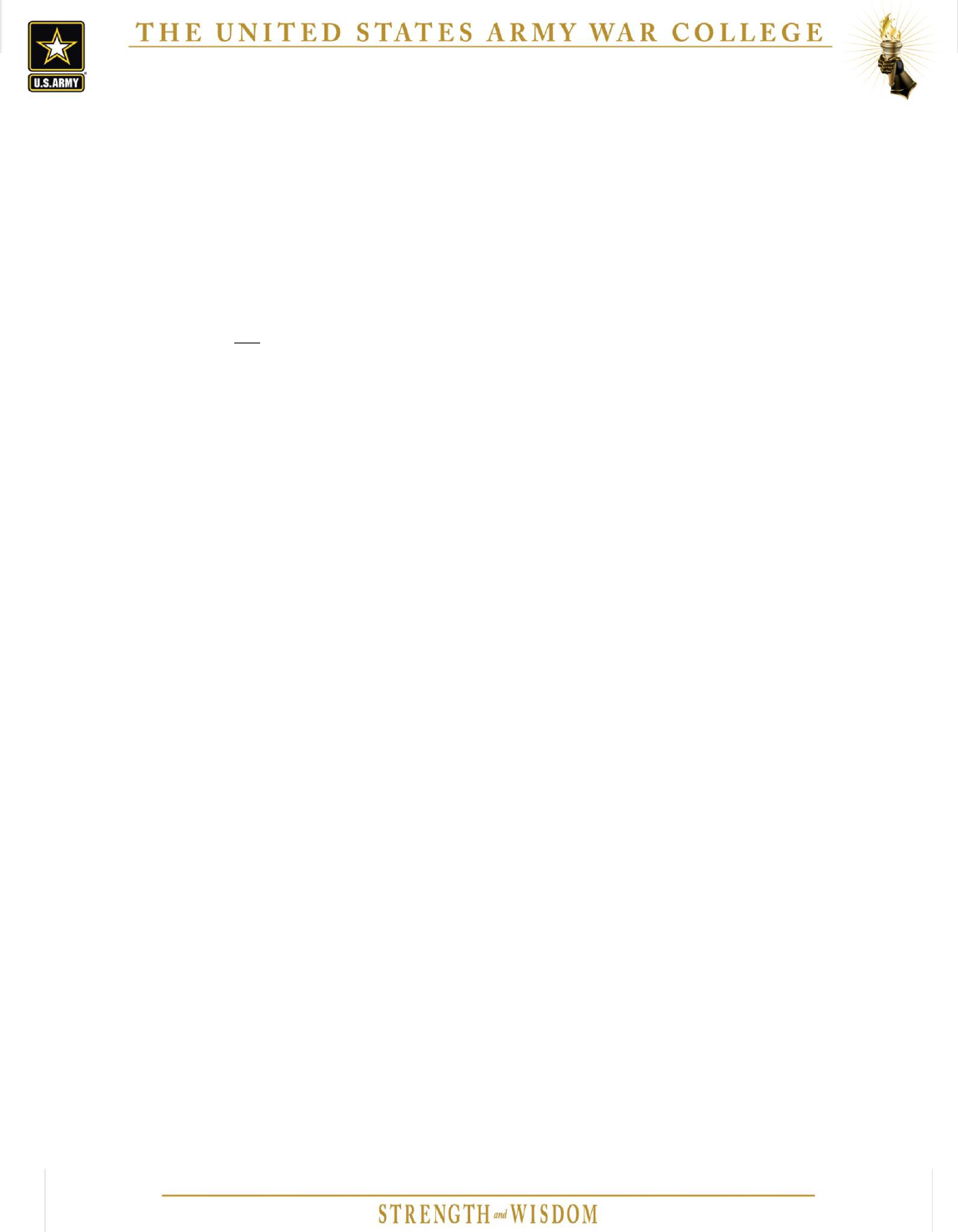
B-4
d. Raise hand and wait for the Facilitator to acknowledge before contributing (the
facilitator is in charge of the room)
e. May provide advice to the adjudicator prior to adjudication of a turn
9. Observers: USAWC, sponsors, or other non-players may sit in the back of the room during the
wargame proceedings. The project team keeps the number of observers to no more than two
observers per player cell in order to minimize possible influence or disruptions of game play.
a. May include personnel from the requesting or sponsoring organization(s), other
wargaming entities, CSLD, or individuals specifically invited to observe the wargame
b. Do not speak during the plenary sessions or facilitated discussions
c. Receive briefing from project manager on the different roles between EXCON members
and observers
10. Executive Out-brief Panel: Wargame participants typically provide a final briefing on their
findings at the conclusion of wargame. Panelists receive a wargame update prior to the start of
the brief in order to help them prepare to receive the out-brief and formulate questions for the
cells.
a. The panel typically consists of members of the USAWC Command Group or Directors of
the USAWC Schools, Centers, and Institutes
b. May include guests of Command Group or their designated representative
c. Generates additional insights from the interaction between participants and panelists
d. Serves as a forcing function to keep participants engaged throughout the wargame
11. Administrative Support Team: The administrative support team consists of one administrative
assistant, who may receive help from other members of CSLD.
a. Reproduces various products in support of the wargames, makes participant folders and
name tags
b. Manages RSVP and participant administrative requirements prior to the wargame
c. Manages all reception activities for participants of the wargame
d. As required, assists participants with travel, transportation, and lodging requirements
e. Arranges for refreshments and food during breaks and meals during the game
12. Technical Support Teams: The technical support team consists of members of the CSLDs
Department of Technology Integration. This team provides set up, tear down, and in-game
support for all audio/visual and computer technologies used during the wargame.
Personnel may perform several roles during the course of planning and conducting a wargame. For
example, the Lead Analyst will also fulfill the role of Analyst during execution.
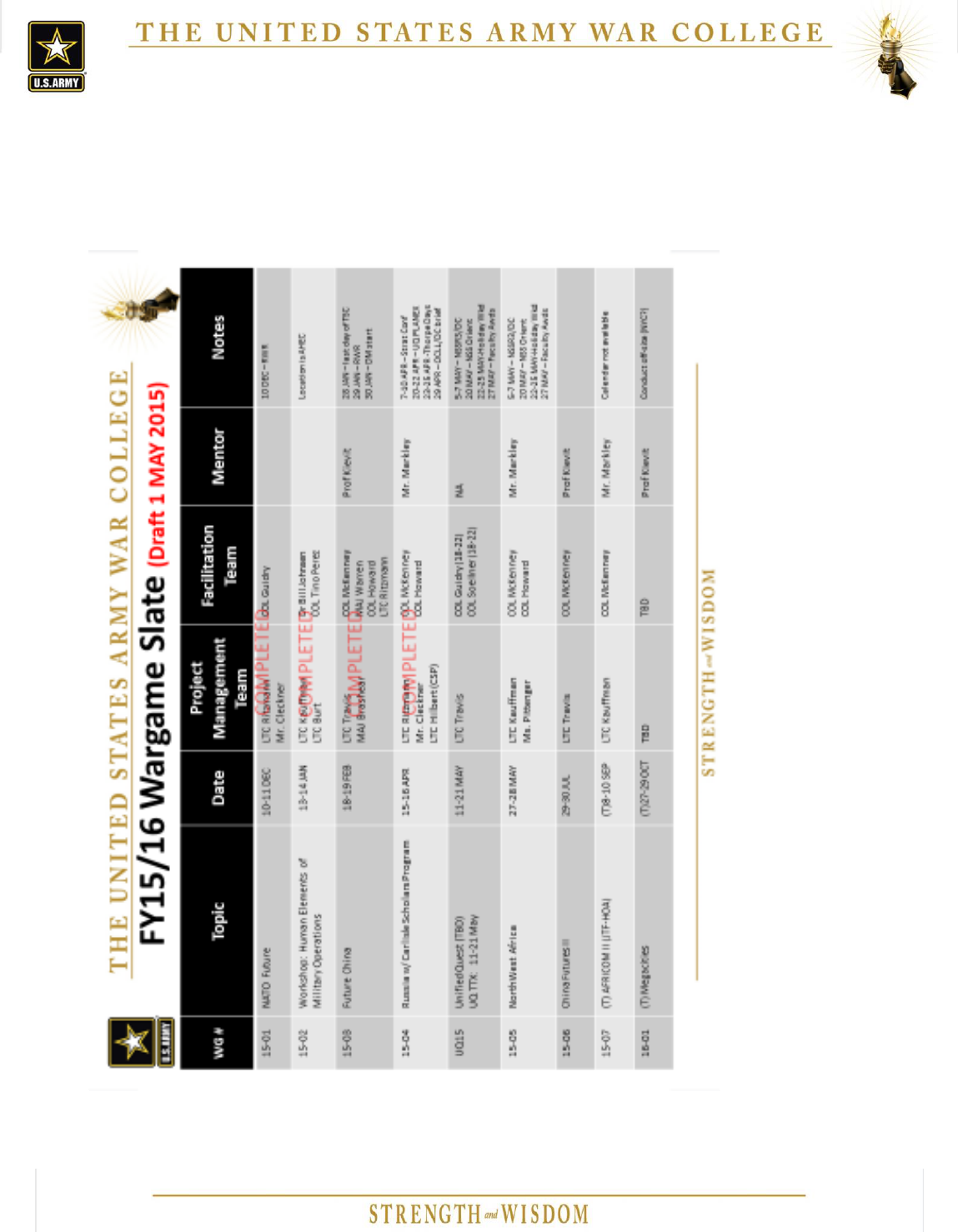
C-1
Appendix C: Sample Wargame Slate
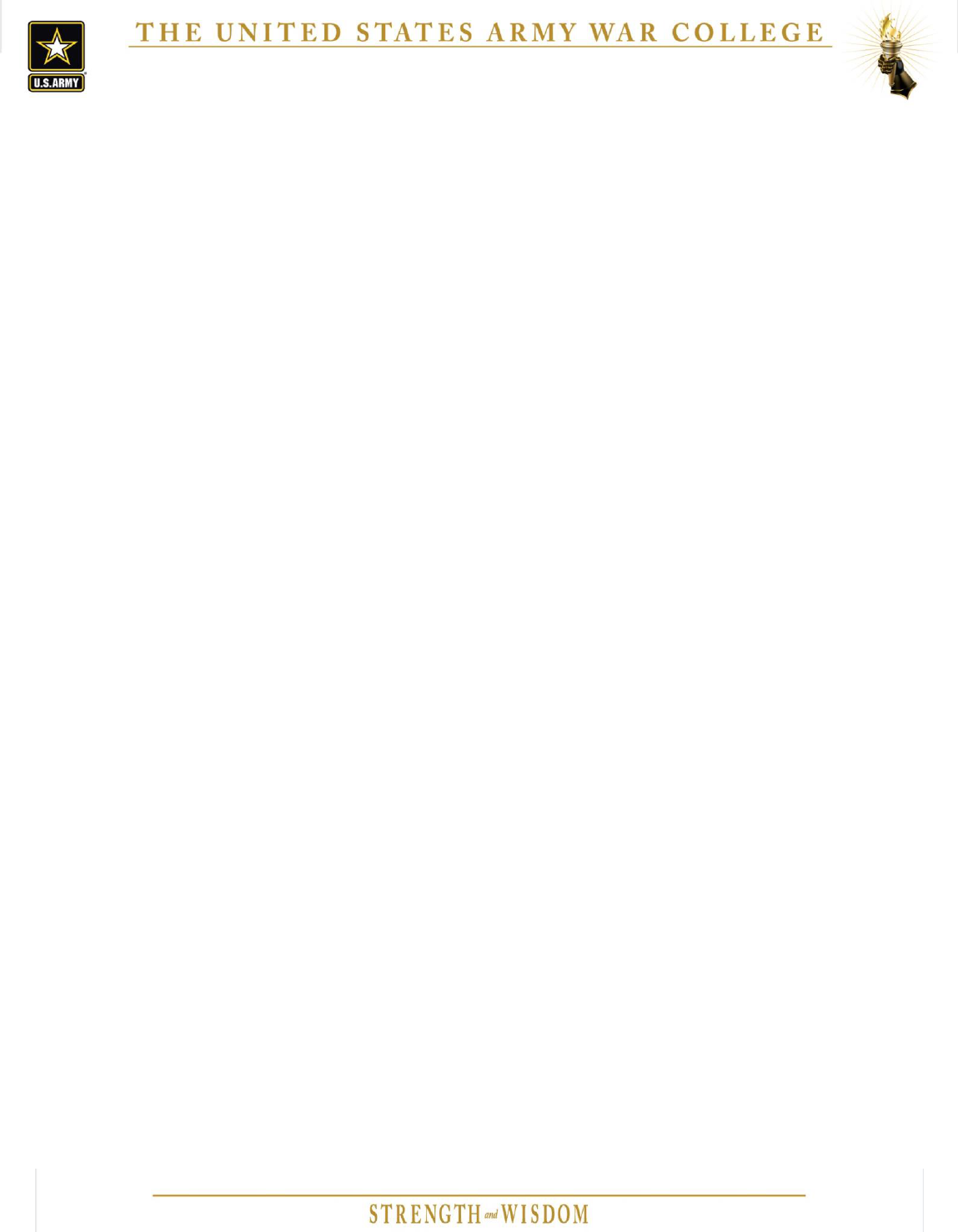
D-1
Appendix D: Wargame Support Checklist
The list below expands on the partial listing of support considerations found in the Plan Wargame
Support chapter of this handbook. Each wargame has unique requirements, and the project team will
have to tailor this list to meet the requirements of the wargame.
Schedule the Facilities
o Plenary room
o Breakout rooms
o Specialty rooms (e.g. prayer rooms, classified discussion rooms, executive suites)
o Break and dining areas
Develop wargame support materials
o Posters and signage
o Read ahead materials
o Maps or other graphic aids
o Materials for distribution during the wargame
Procure the Supplies
o Butcher pads
o Easels
o Markers
o Whiteboards
o Pens
o Note pads
o Index cards
o Other items requested by facilitation teams
Manage the Participants
o Send “save the date” notices to prospective players
o Send invitations to players and track acceptance
o Prepare travel orders
o Prepare participant folders
o Communicate with participants before the wargame
Commandant welcome letter
Read ahead materials
List of organizations and expertise to be represented
Arrival instructions
o Receive the participants to Carlisle Barracks and the area
Coordinate with executive services for VIP support
Transportation coordination
Parking coordination
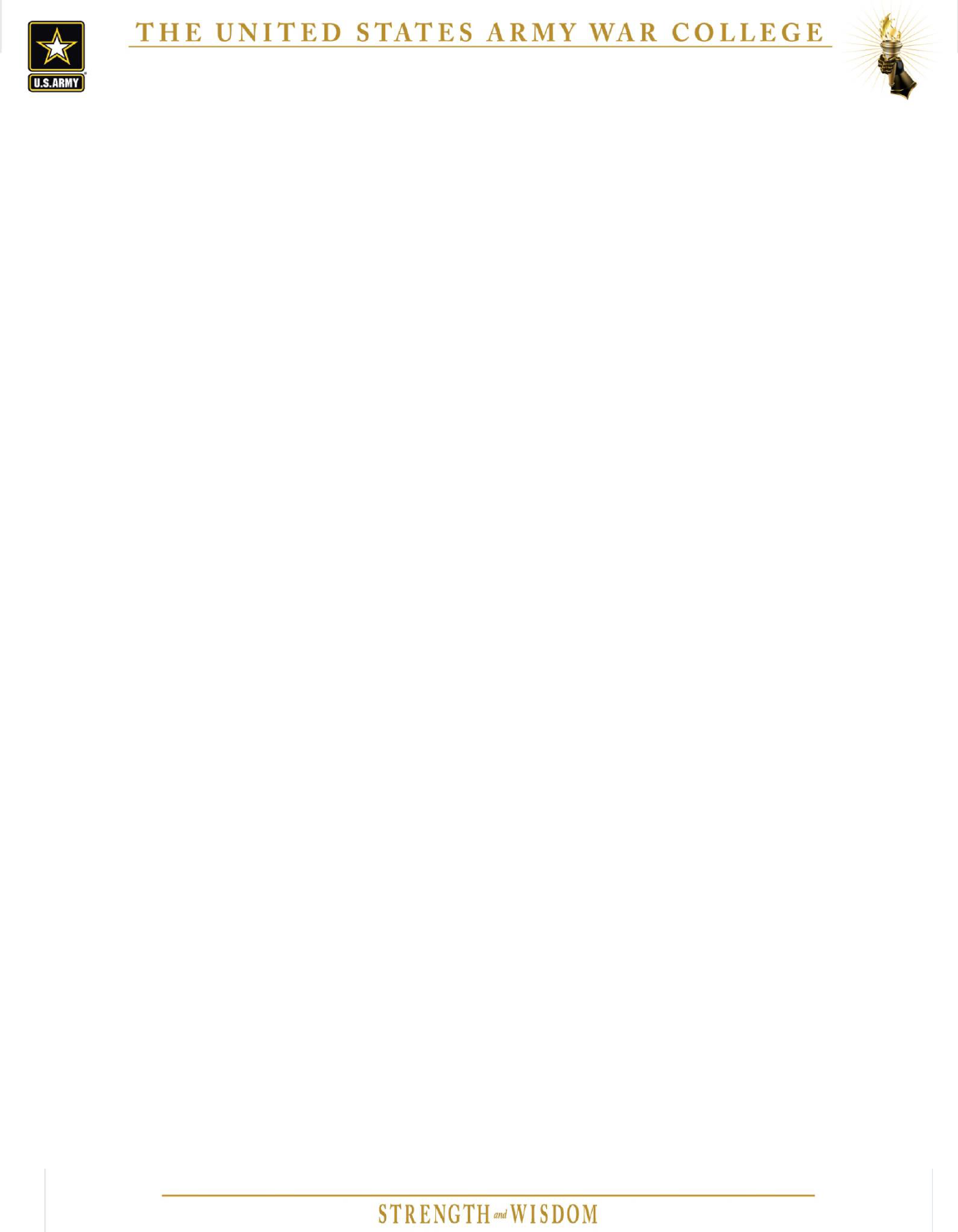
D-2
Security Coordination
Lodging Coordination
o Assign players to respective cells
o Facilitate participant departure
Coordinate Security Requirements
o Notify protective services of the dates for the wargame
o Establish JPAS procedures
o Arrange for guards or extension of guard tours
o Plan to escort non-cleared participants
Plan for meals and breaks
o Provide lunch during the wargame
o Determine requirement for no-host social for participants
o Provide coffee, tea, etc.
o Determine requirement for refreshments at breaks
Coordinate information technology support
o Arrange for required networks of appropriate classification
o Arrange for required computers and printers
o Procure projection devices
o Procure audio recording devices
o Schedule computer and technology support
o Arrange for file transfers between operational networks and game networks
o Upload digital wargame aids
o Backup wargame products
o Coordinate photography
o Consider classification requirements
Plan technical rehearsal
o Date and time
o Participants required
o Equipment required
o Technical items to be rehearsed
Plan wargame rehearsal
o Date and time
o Participants required
o Facilities and equipment required
o Wargame activities to be rehearsed
Set up the wargame
Post wargame actions
o Clean up rooms
o Coordinate payment for lunches
o Settle travel (TDY) payments
